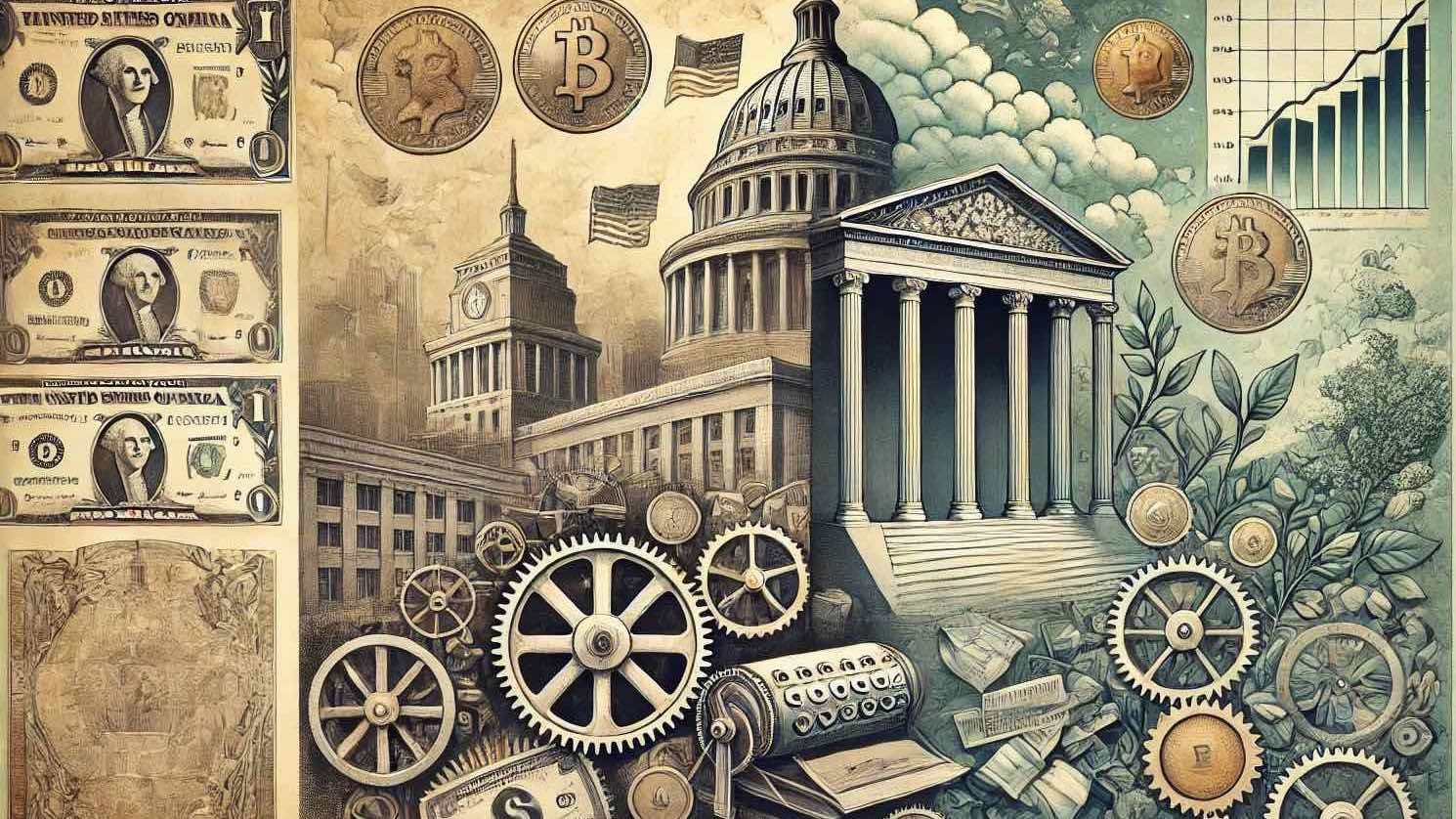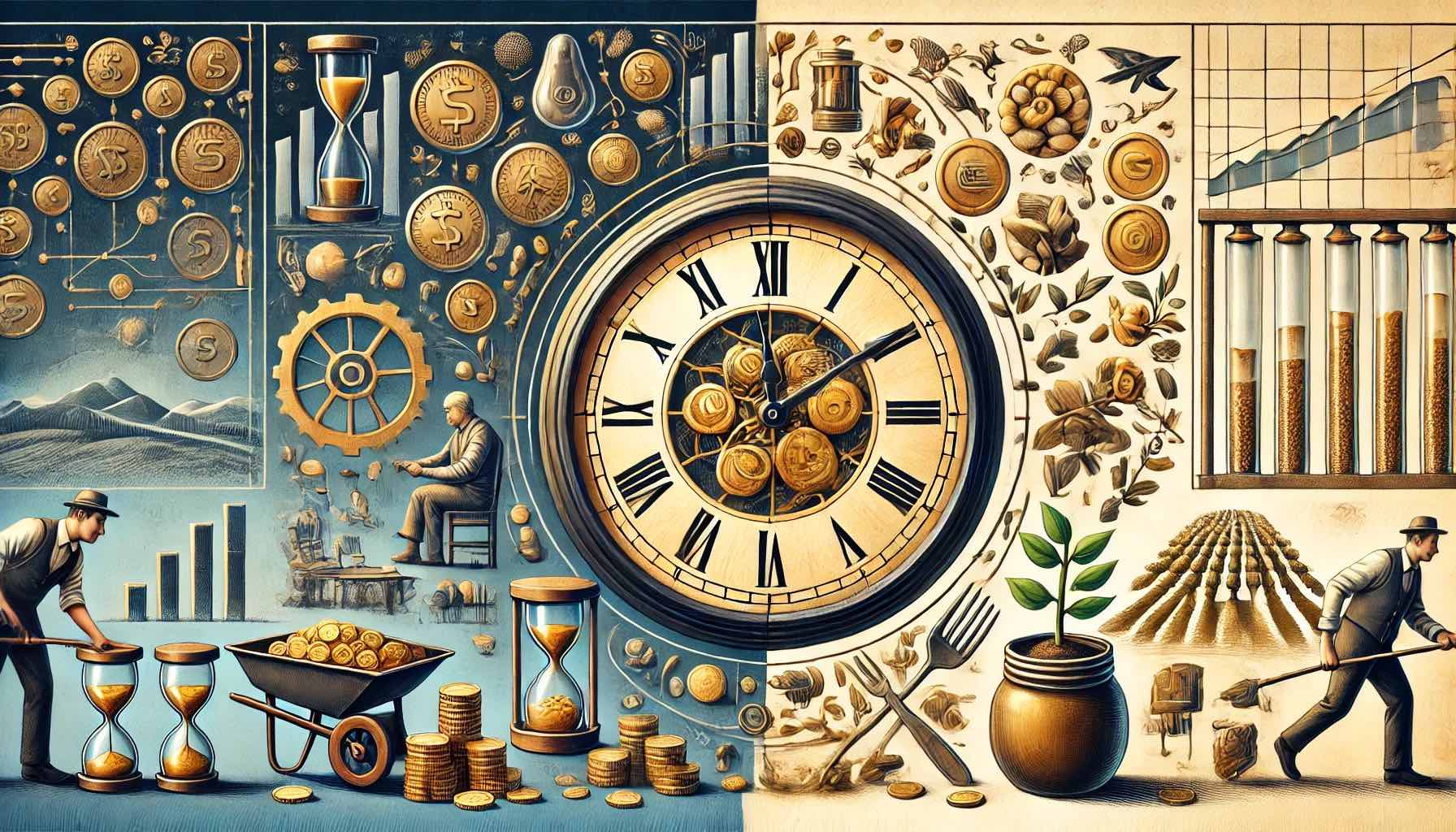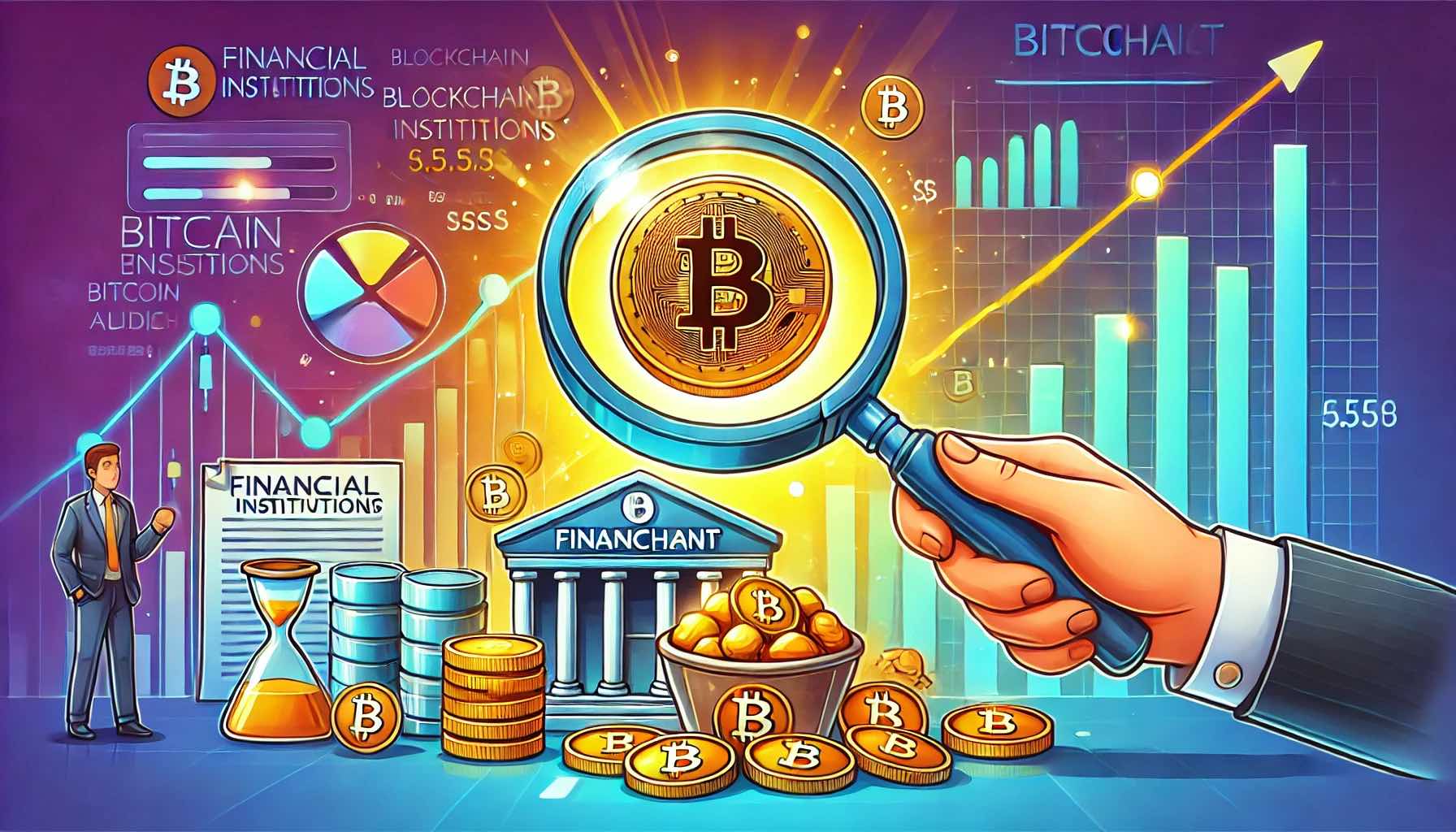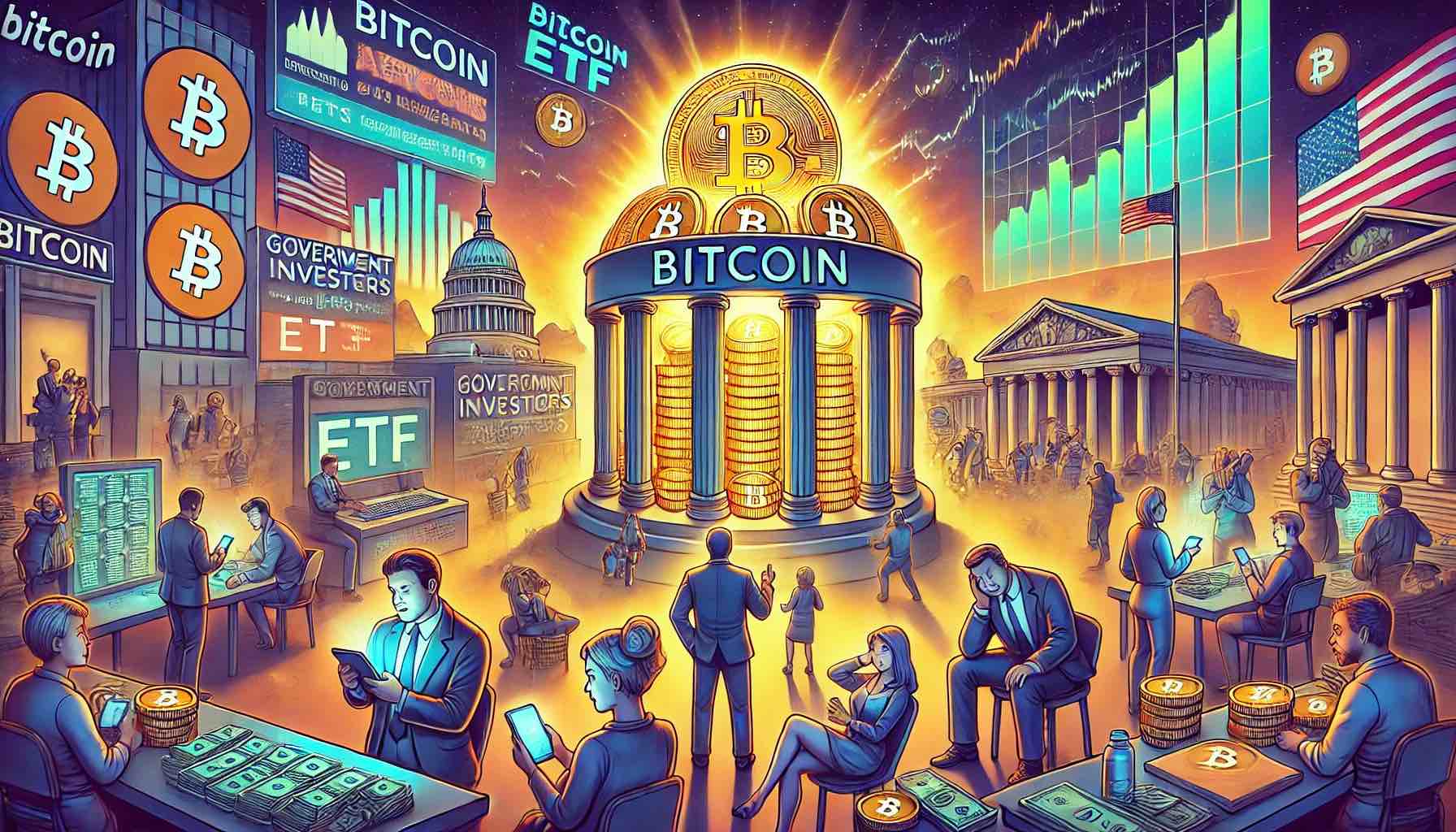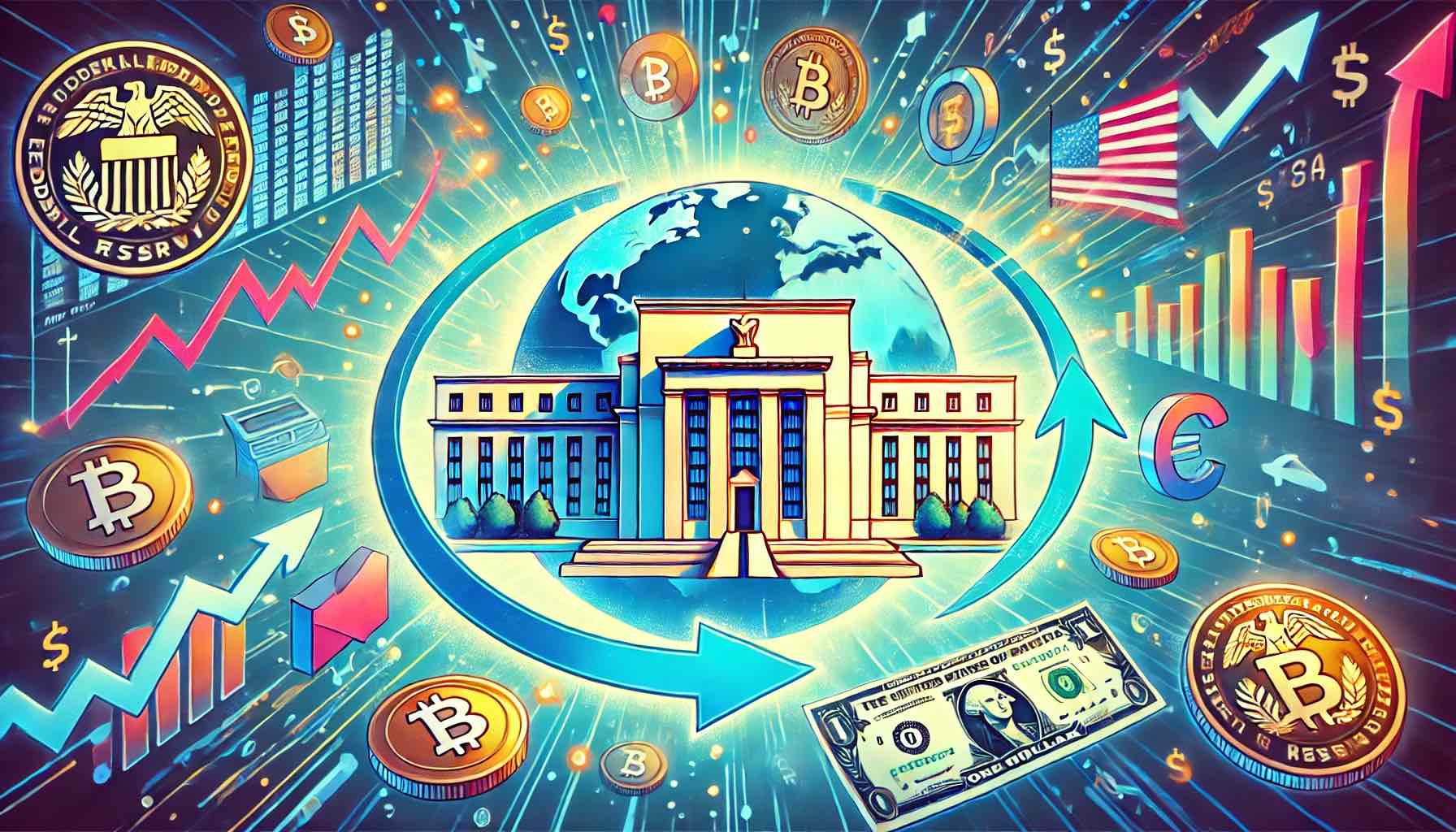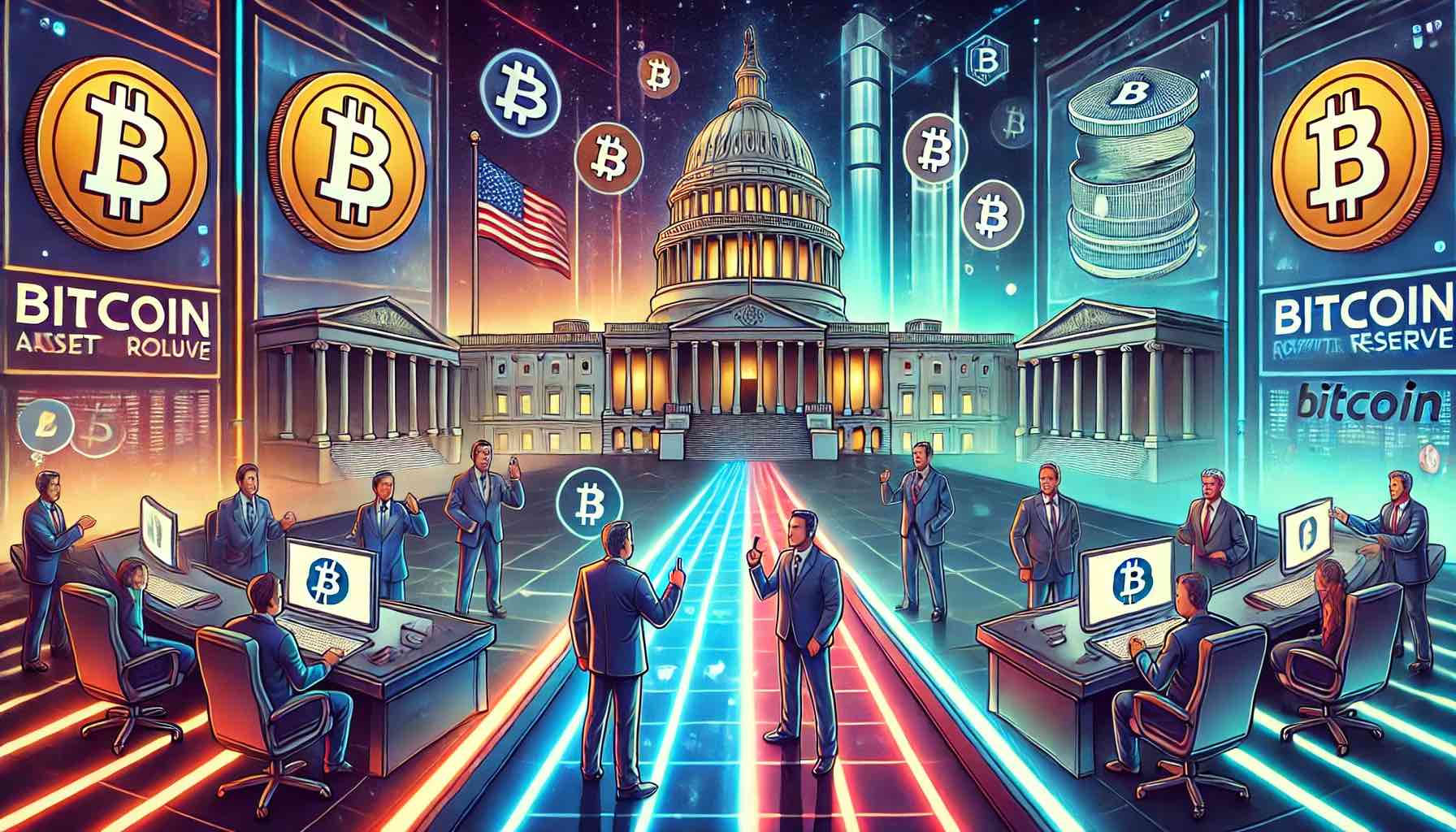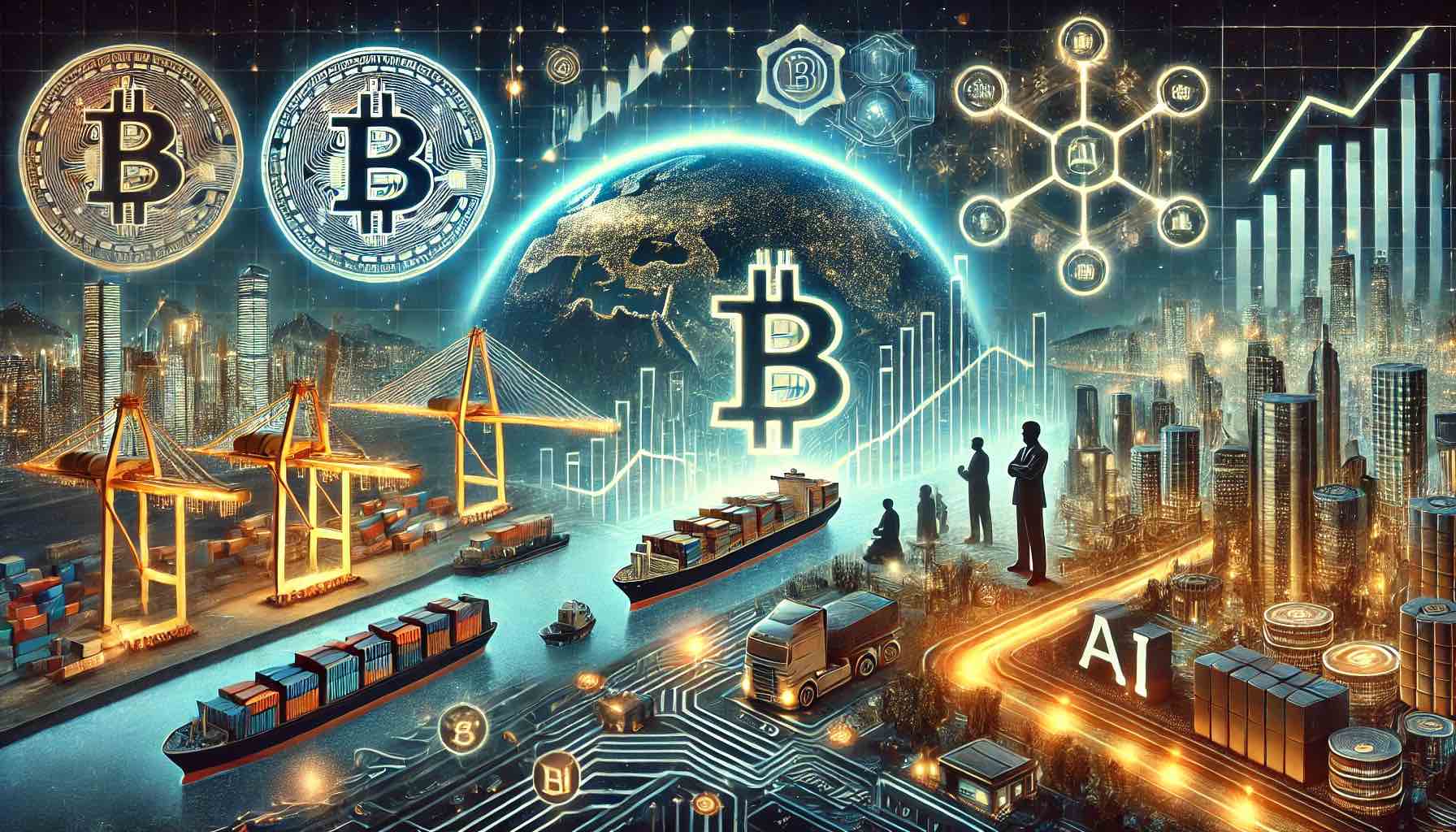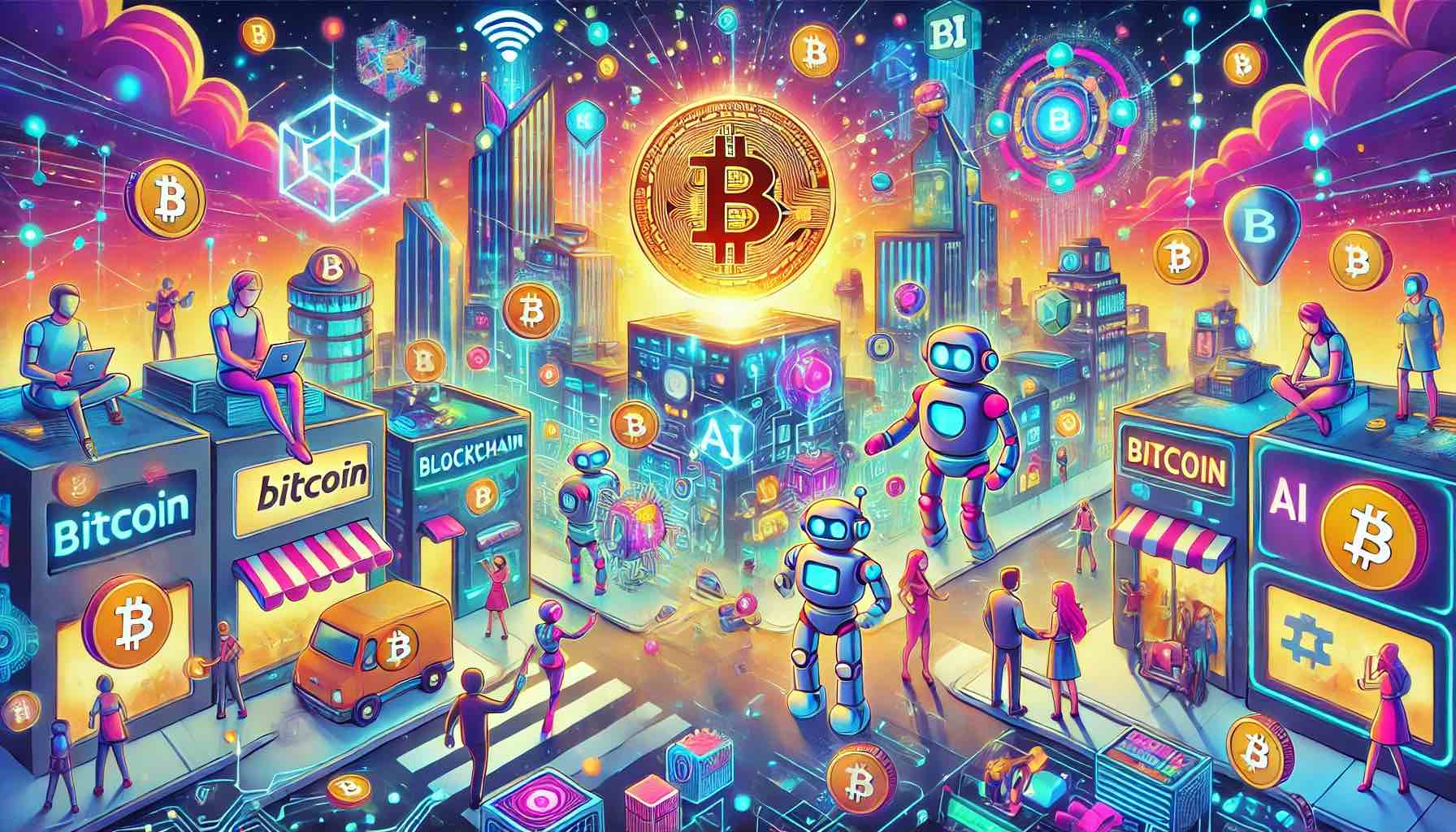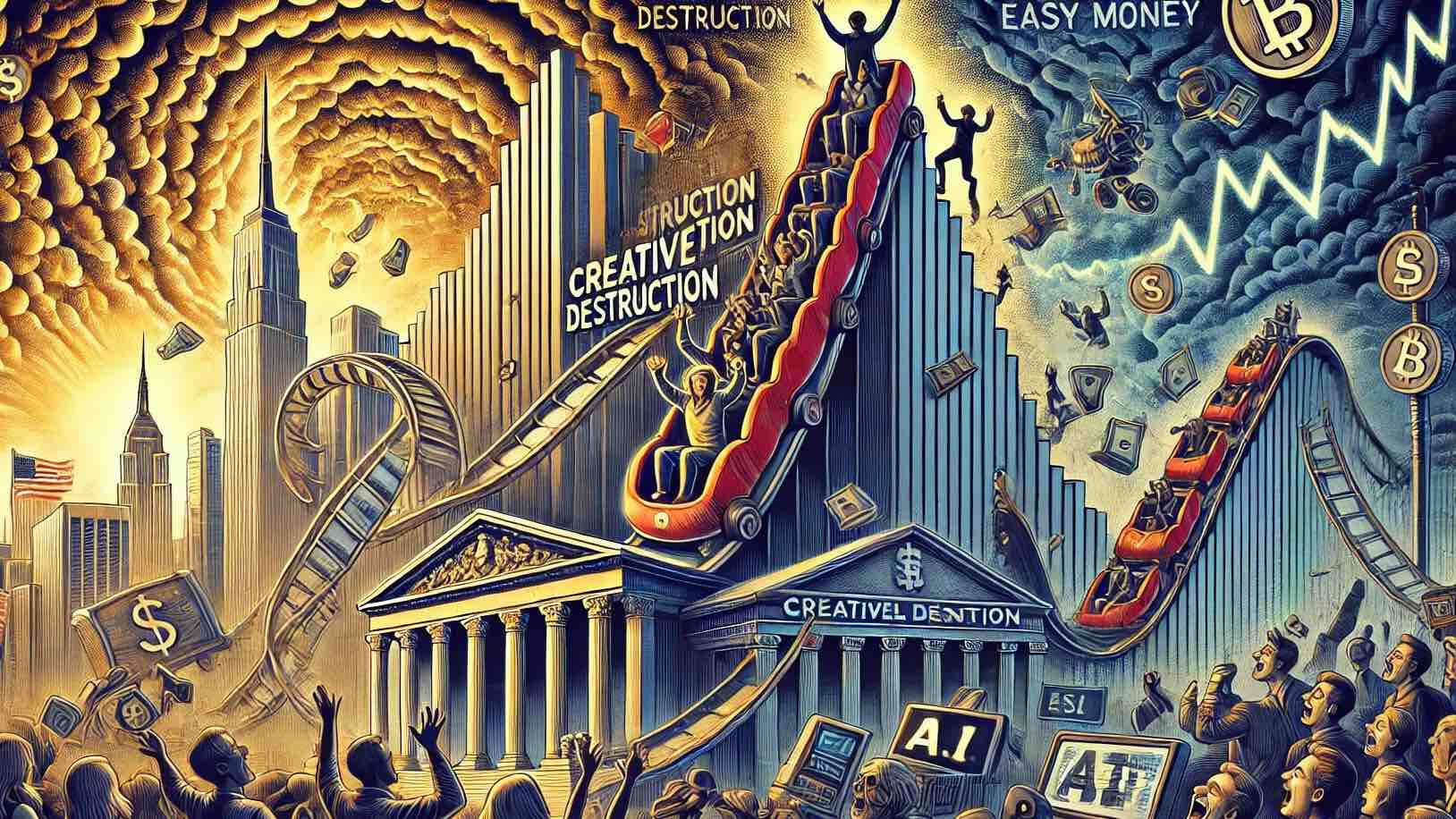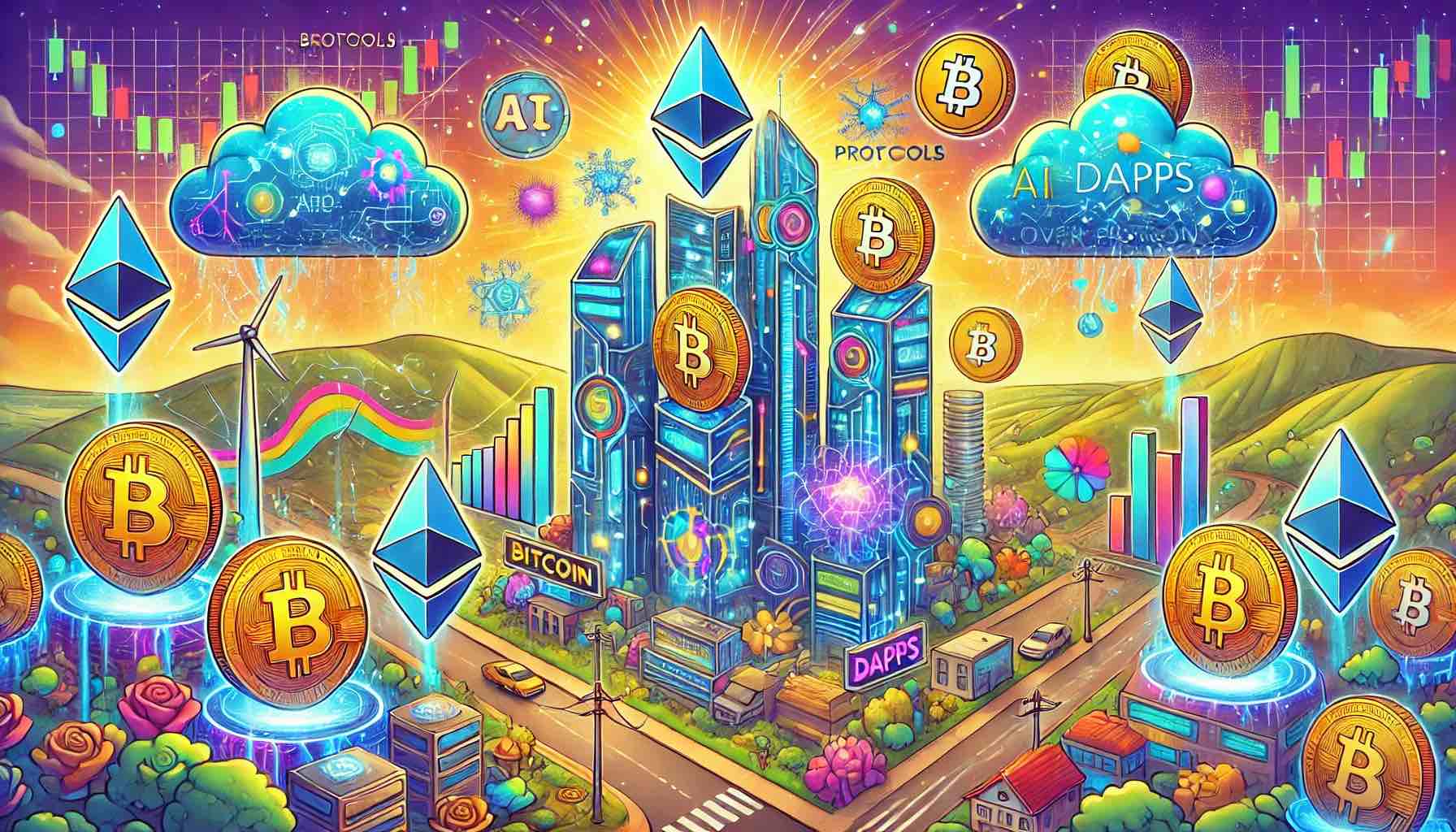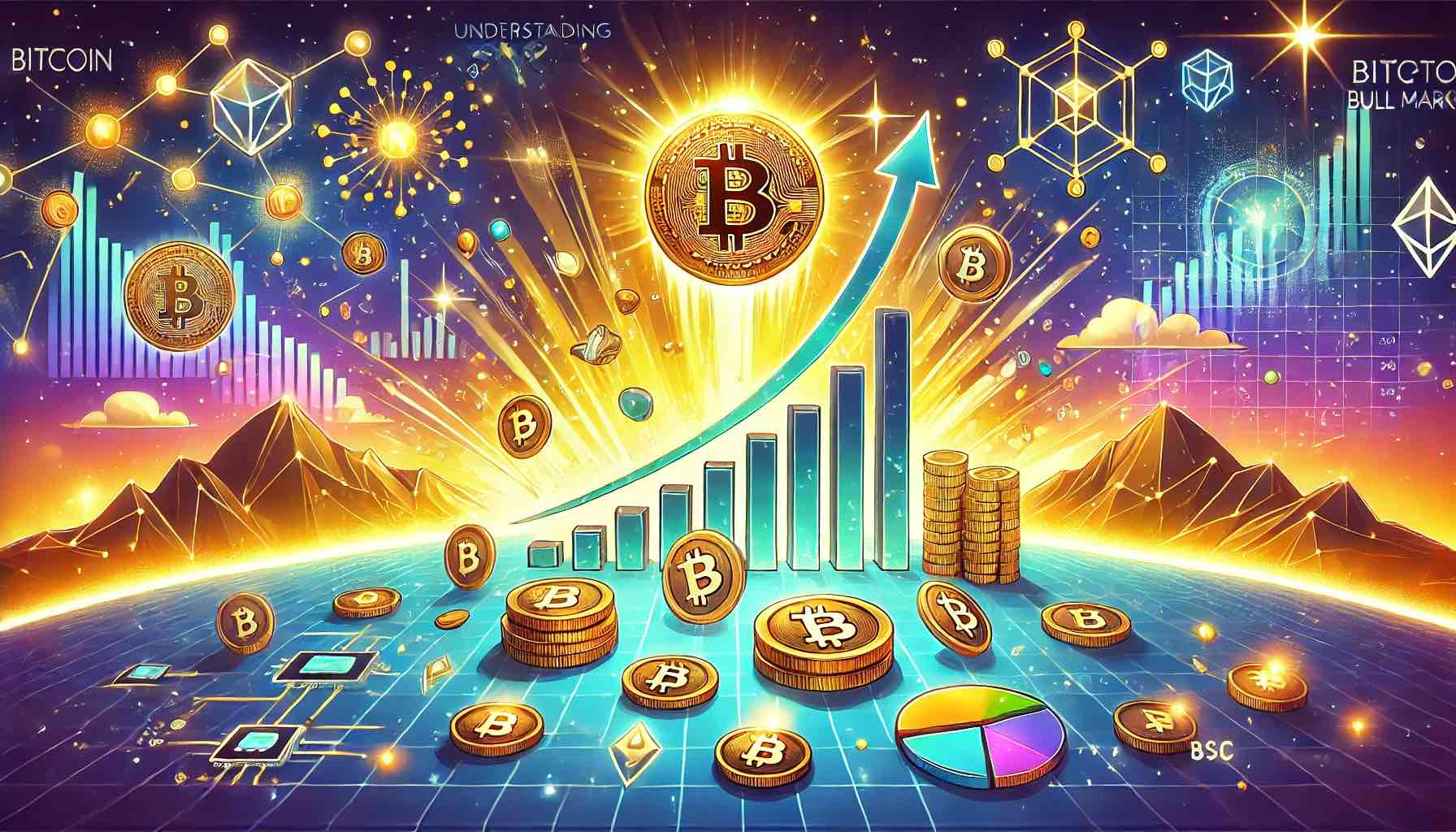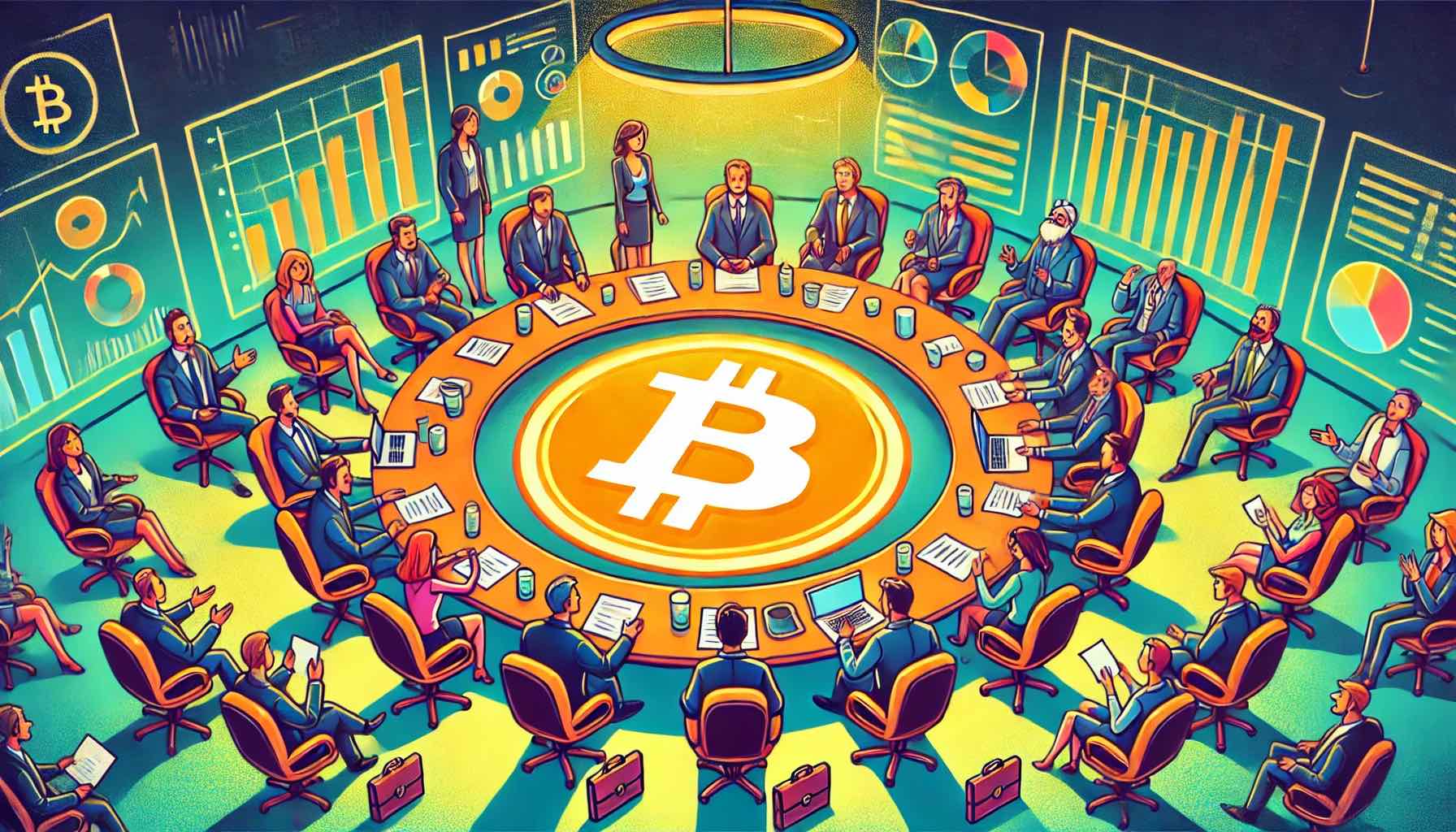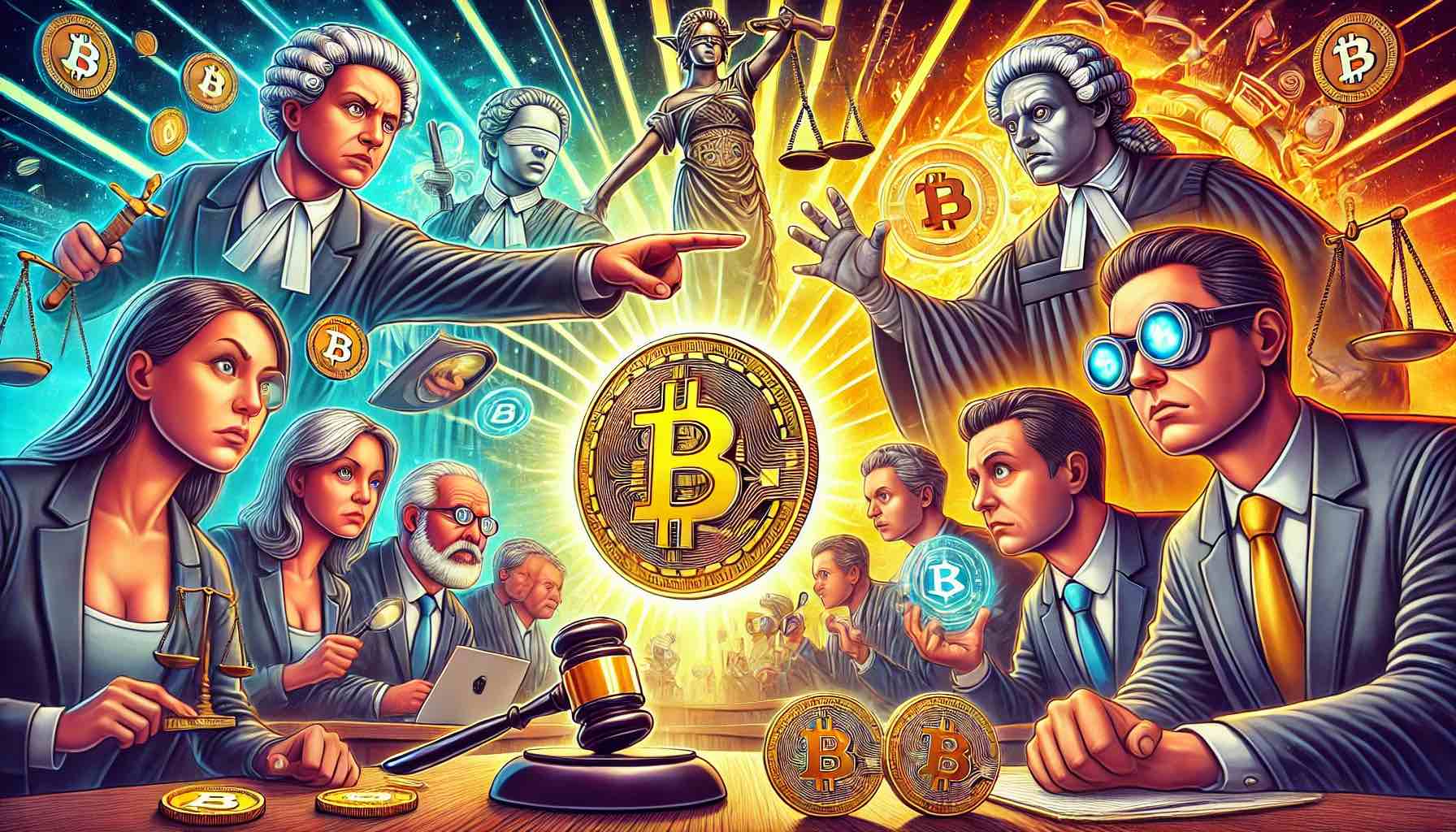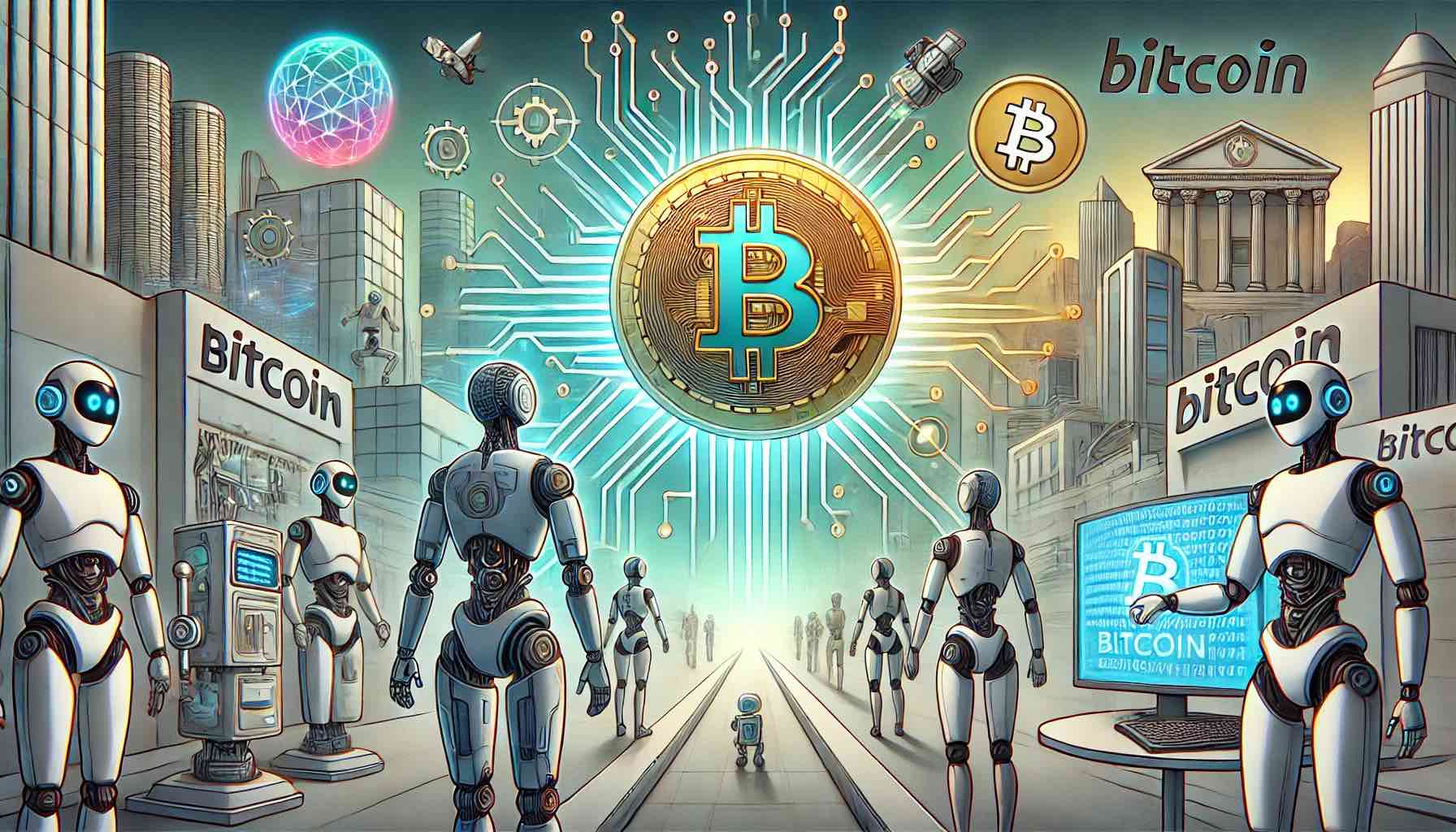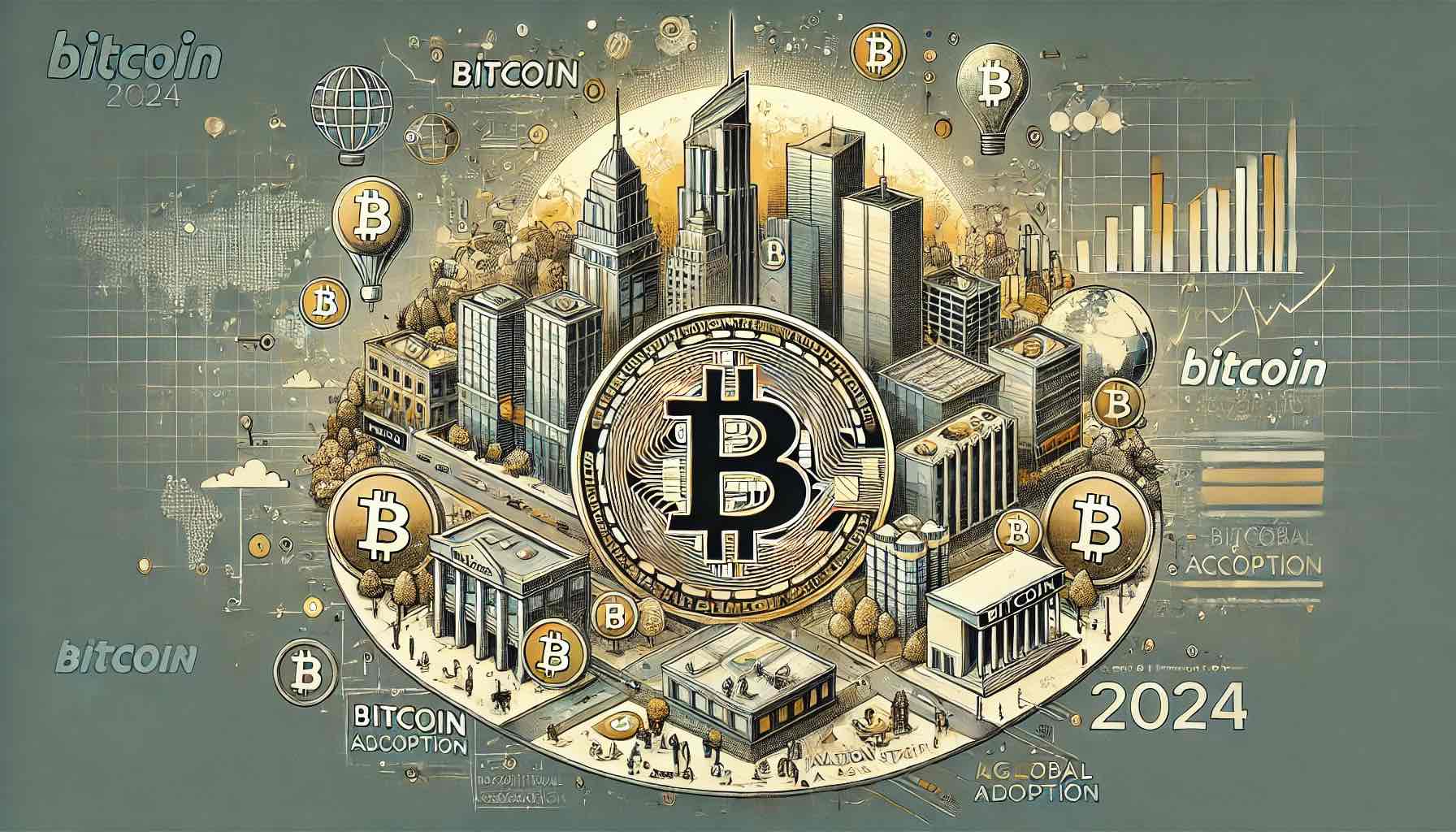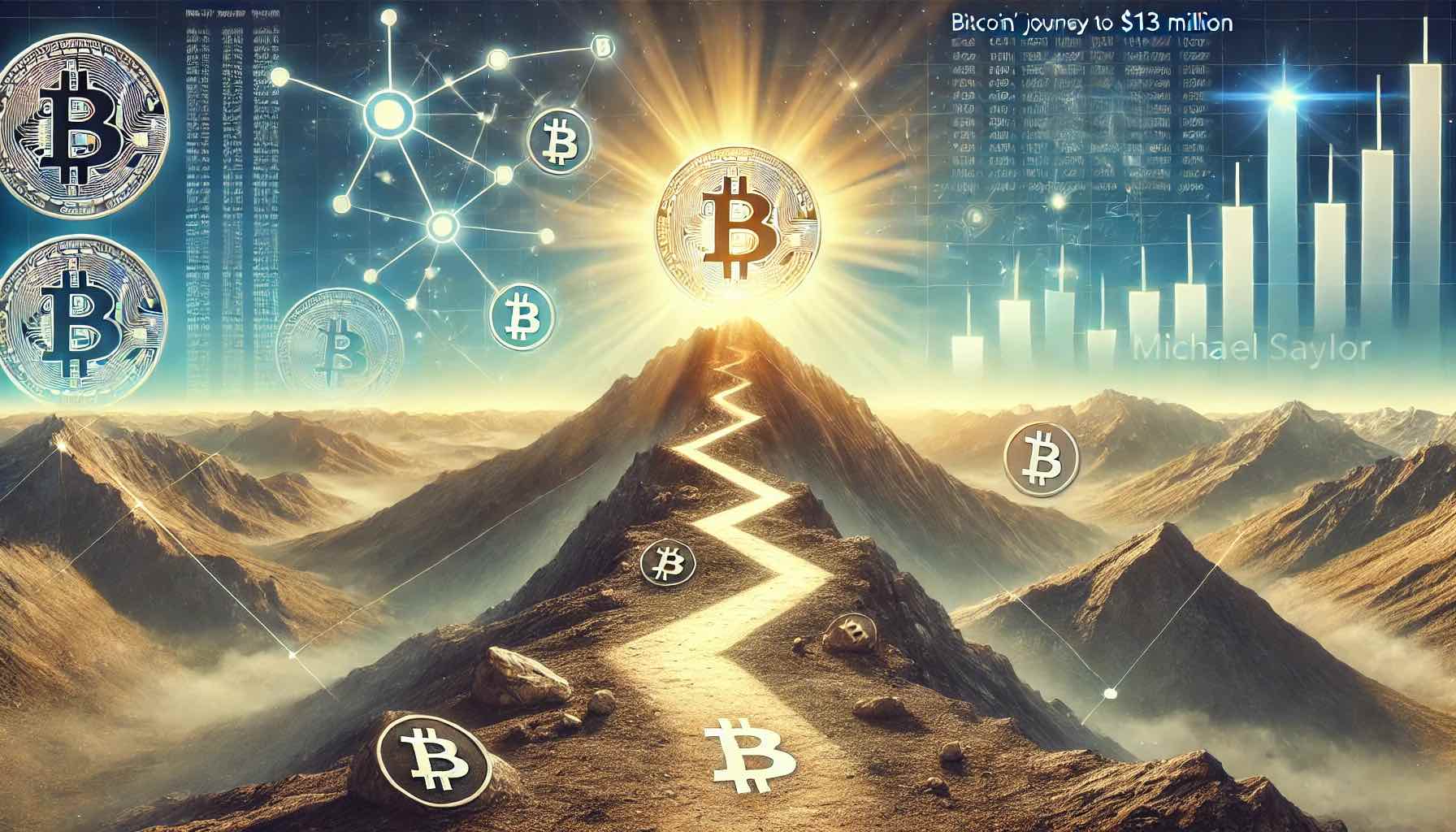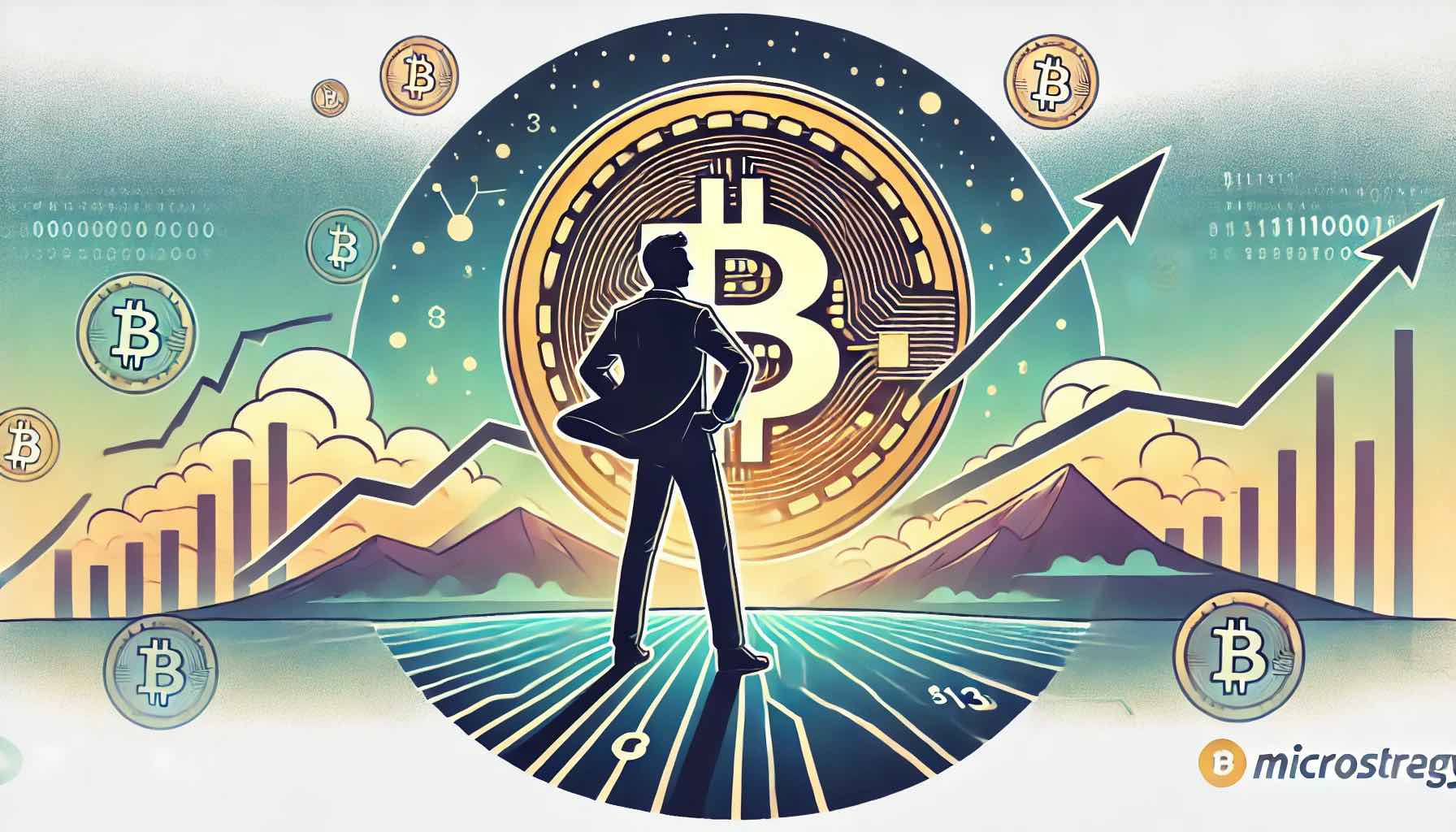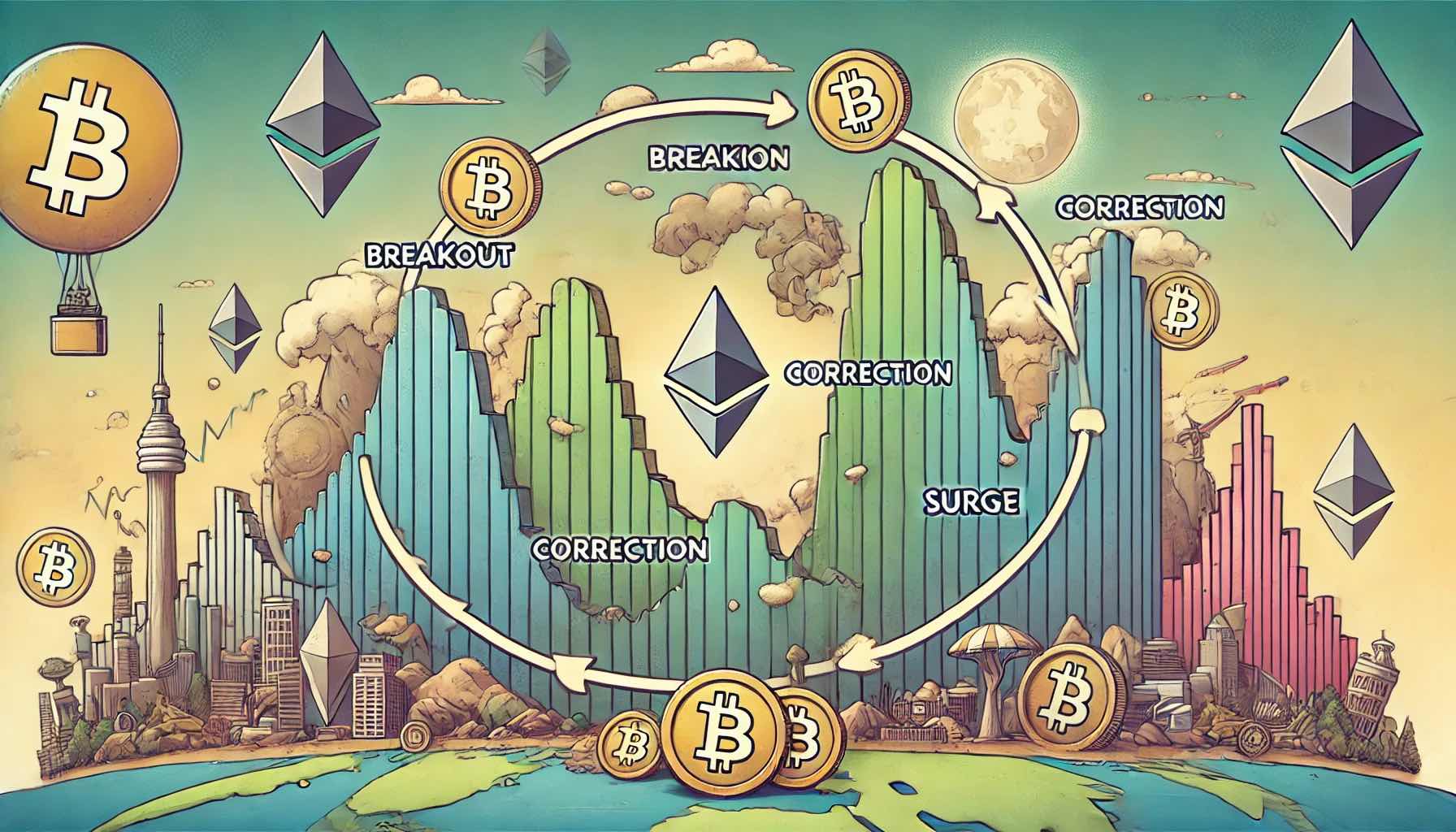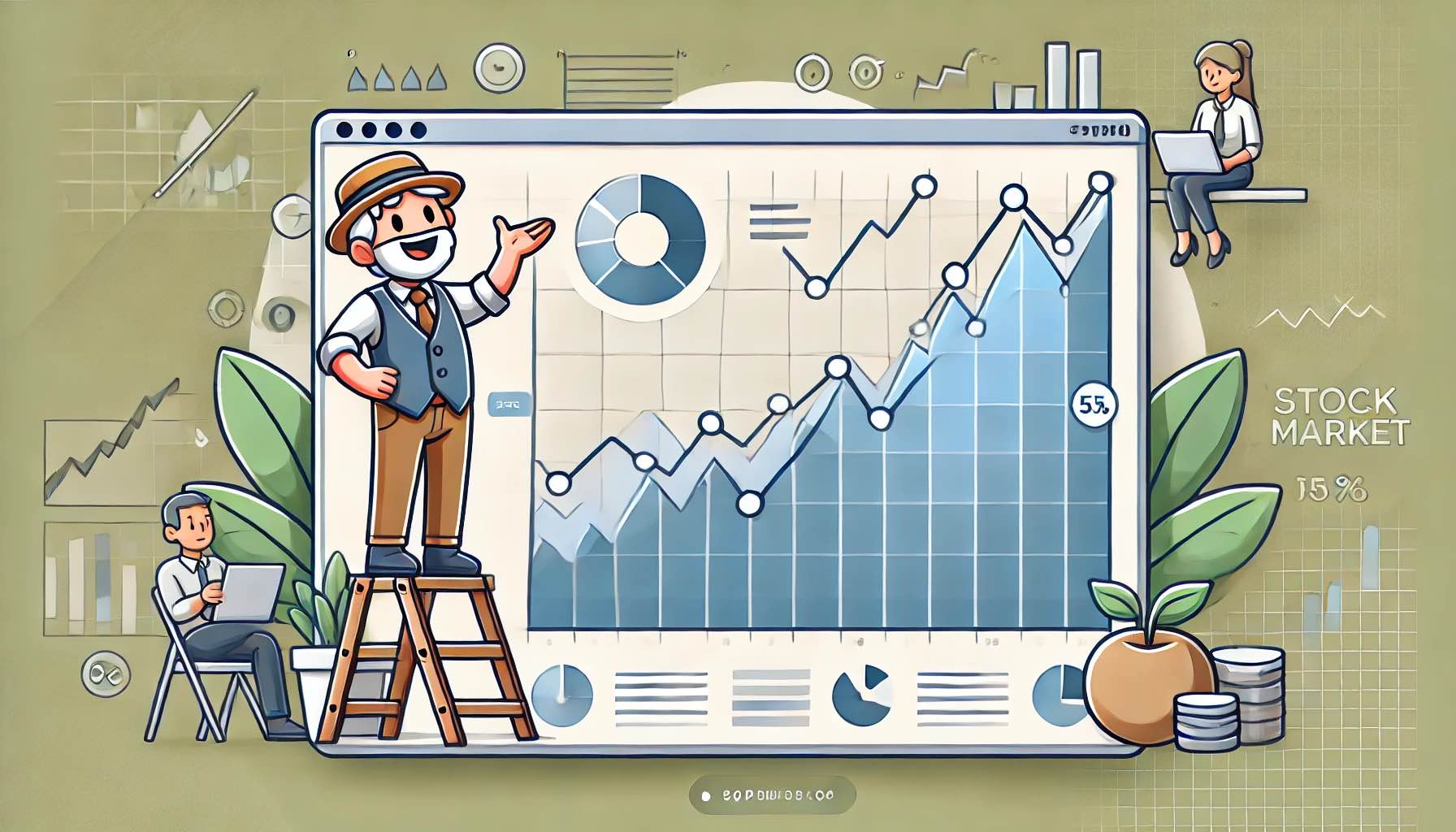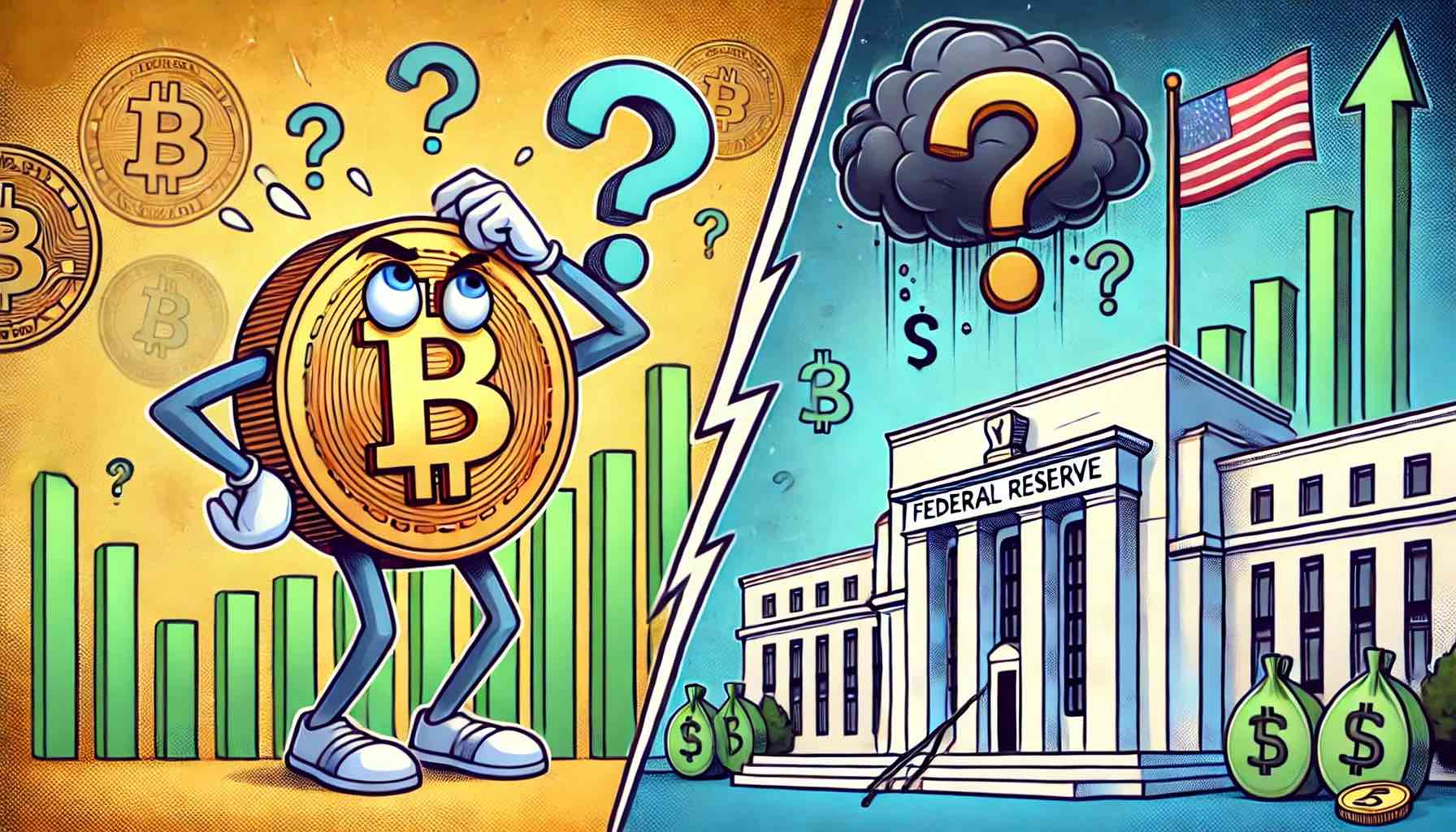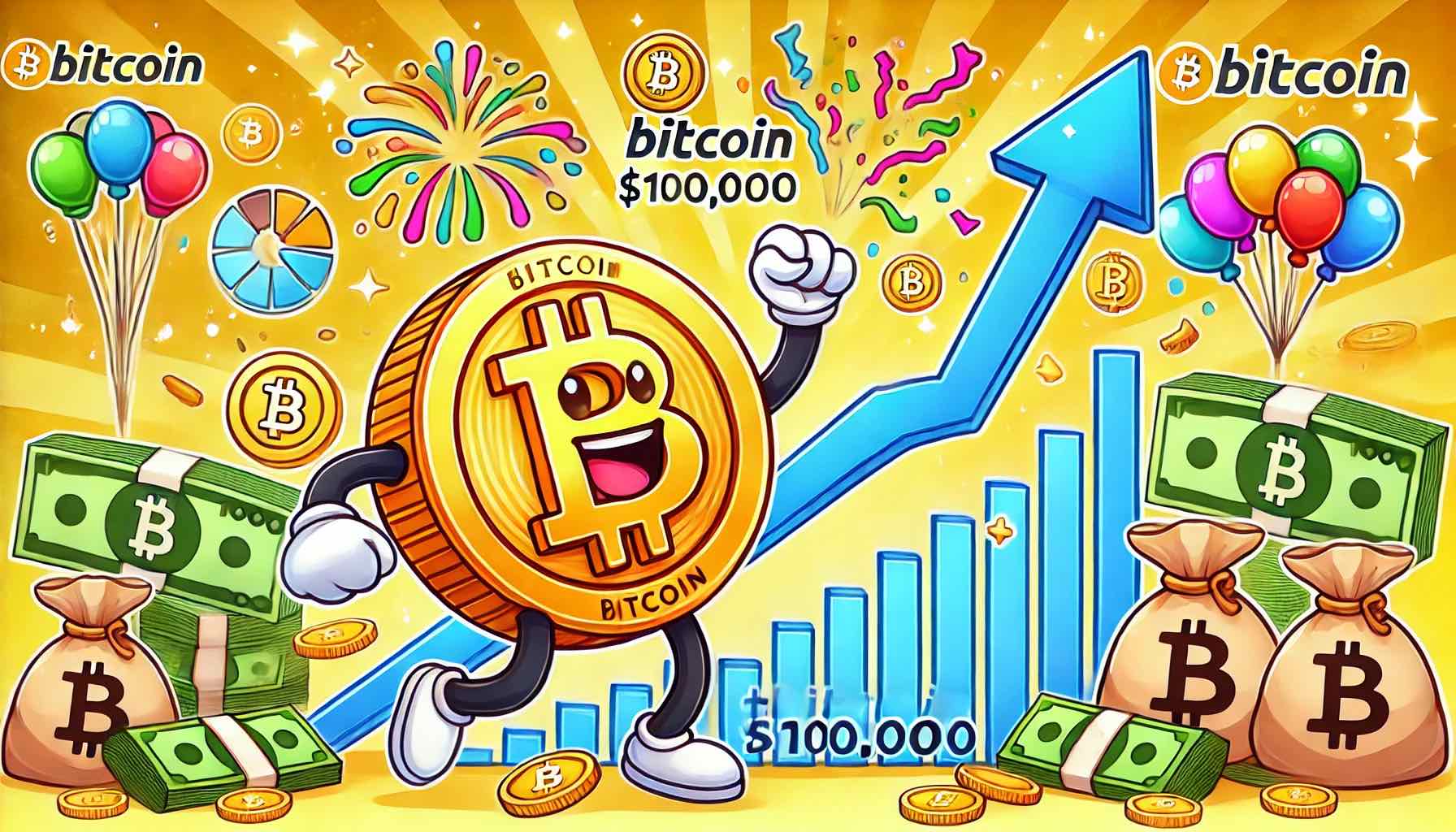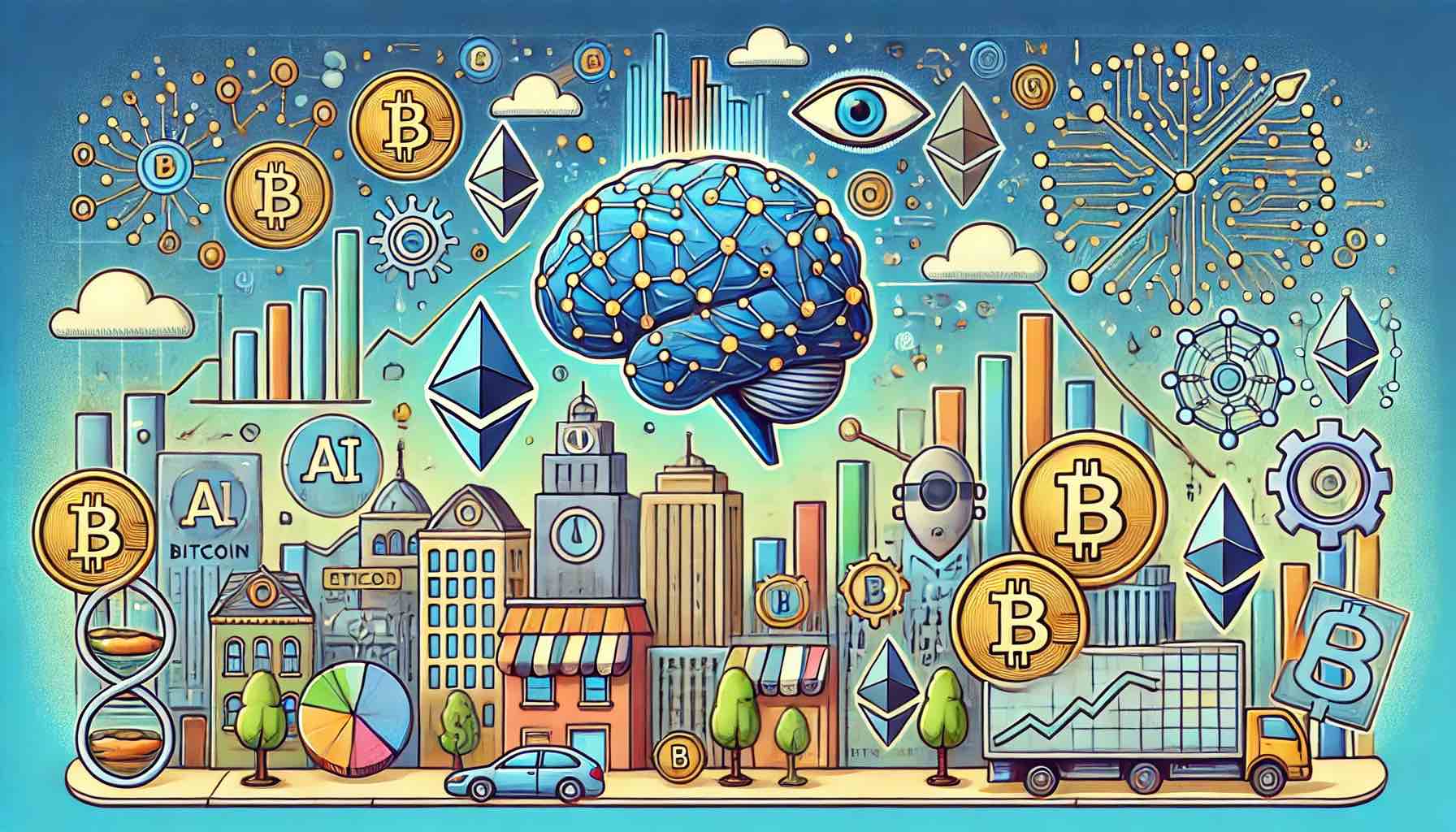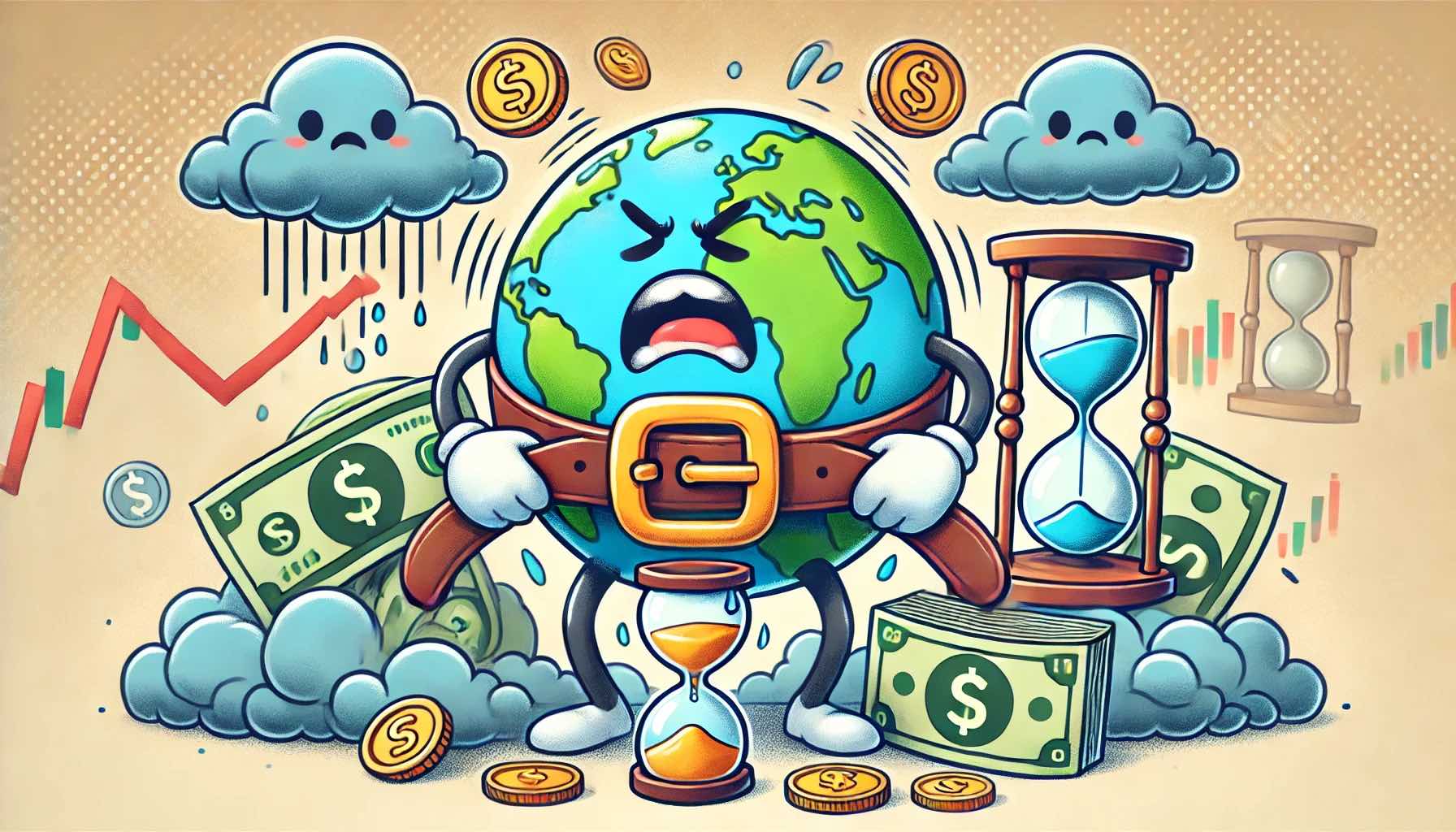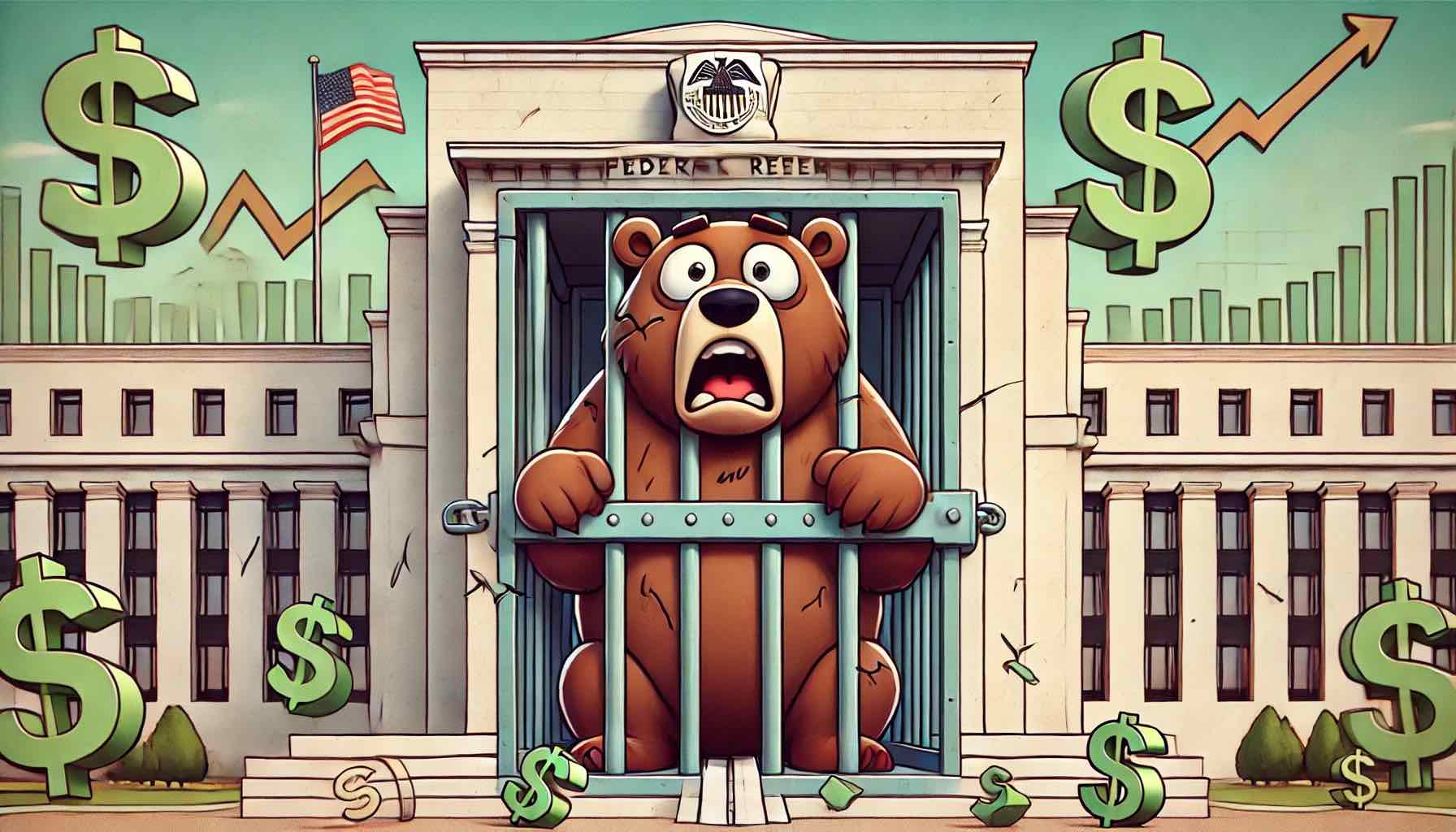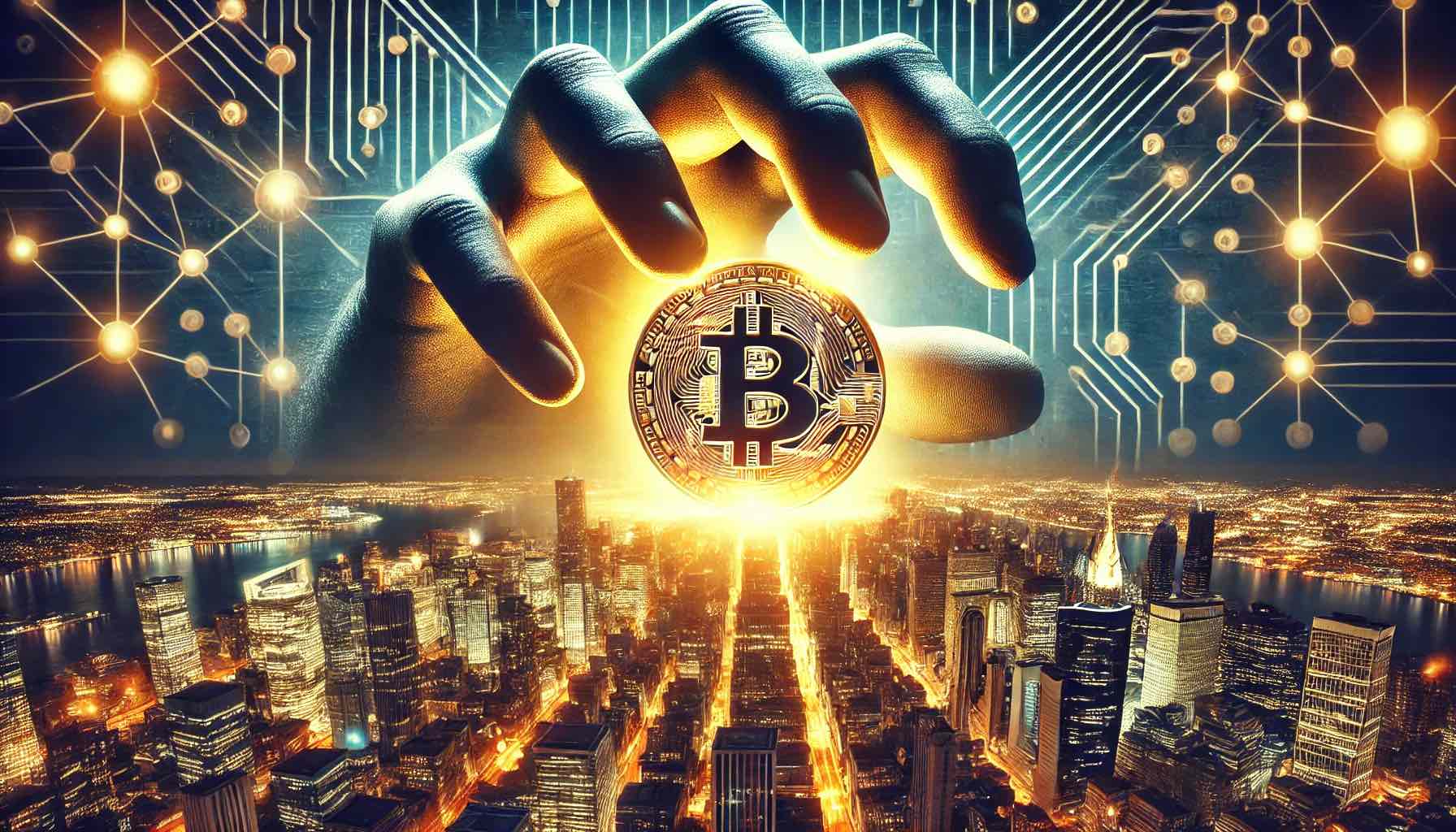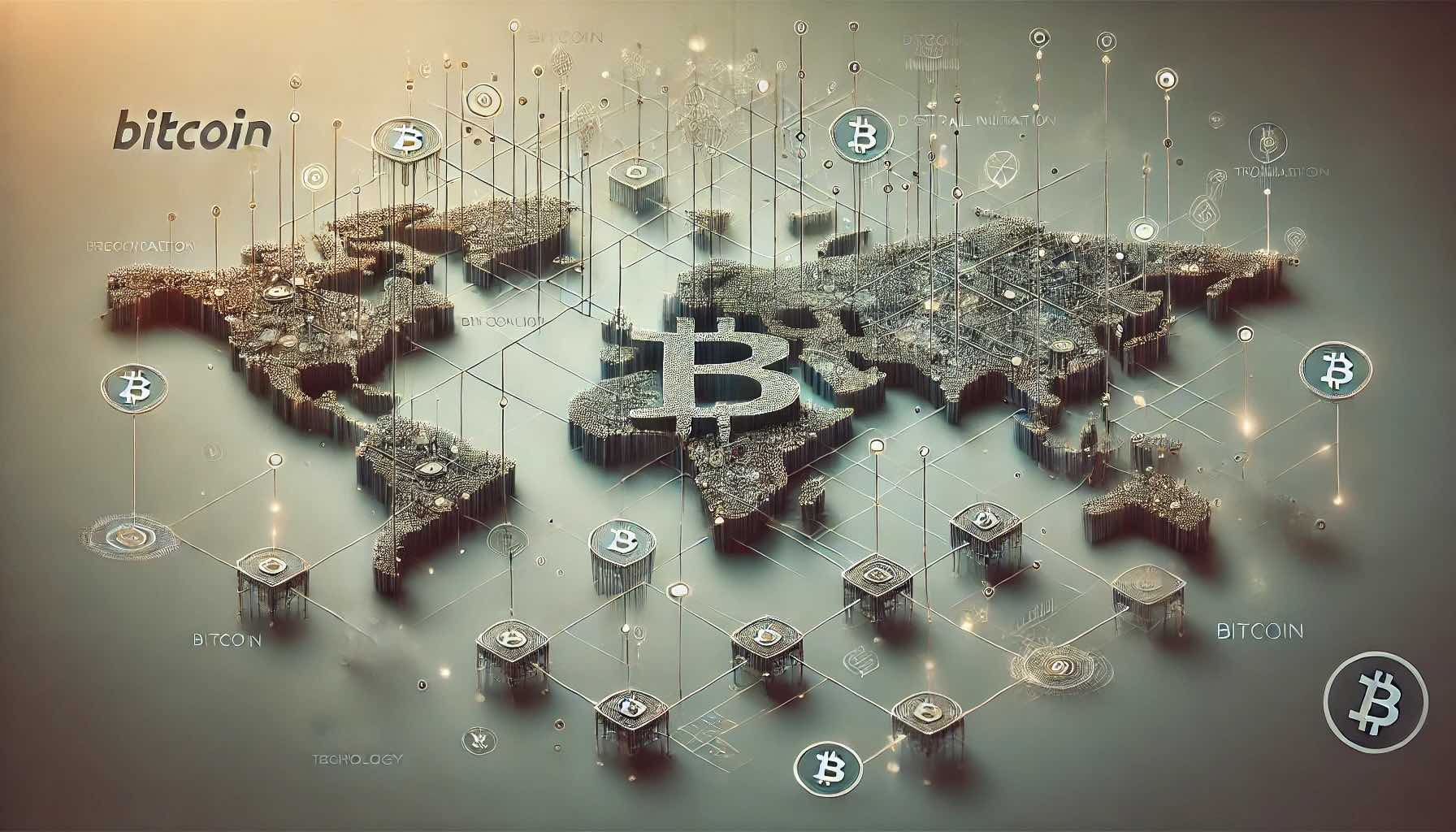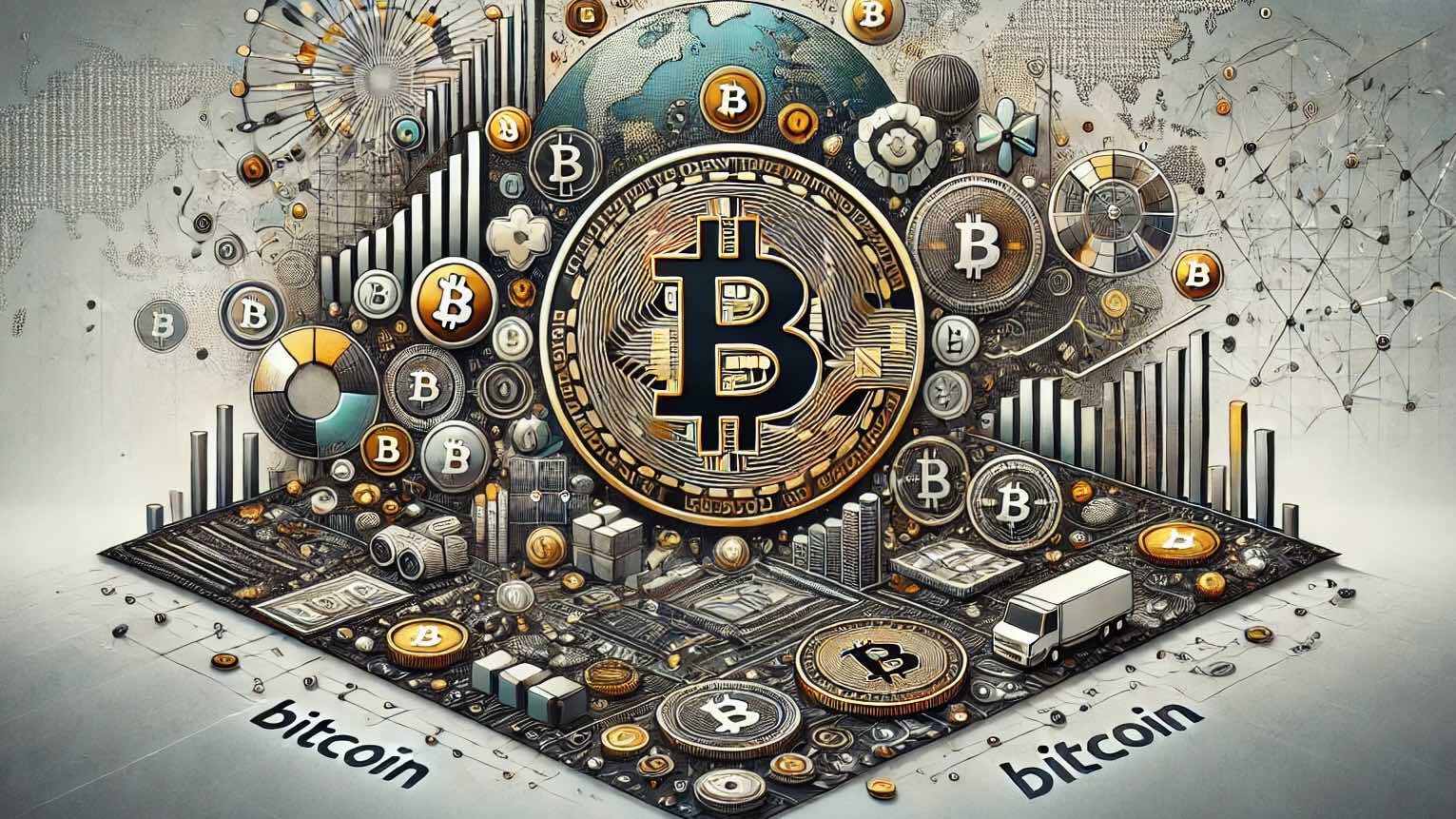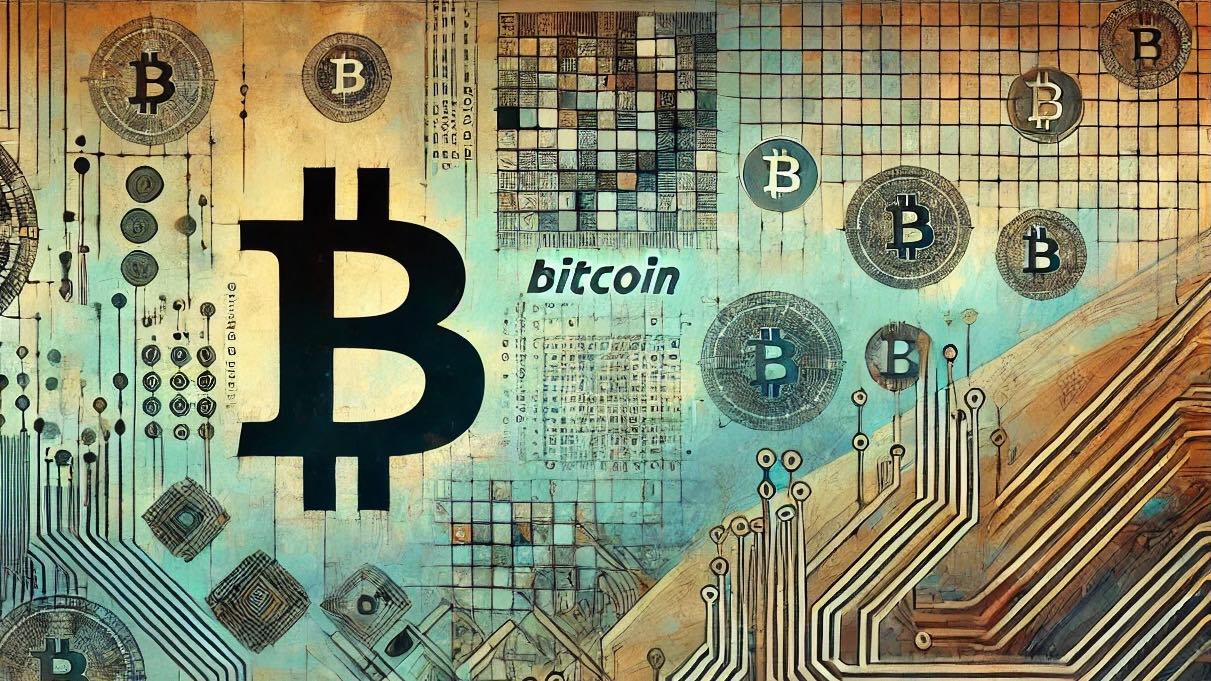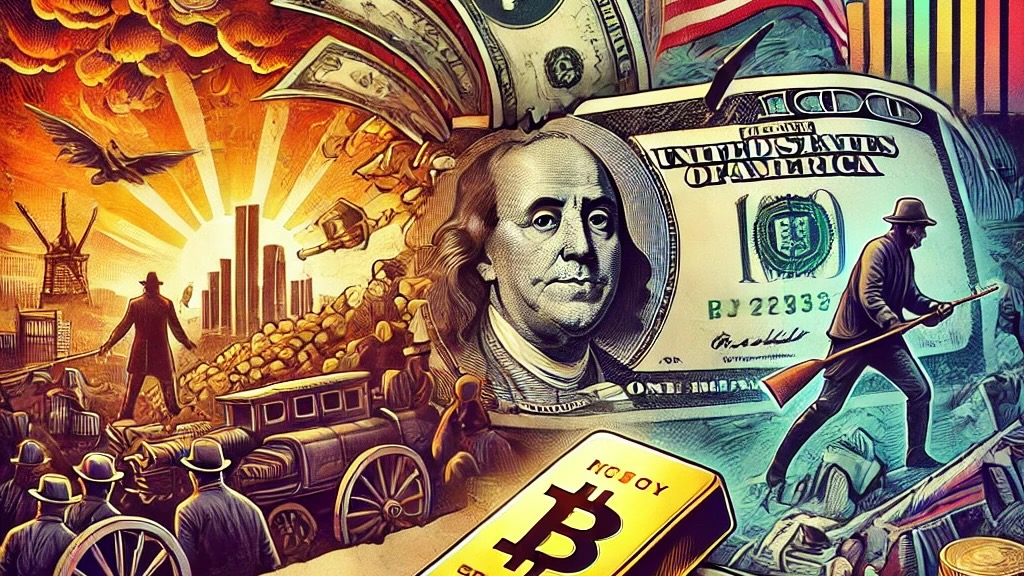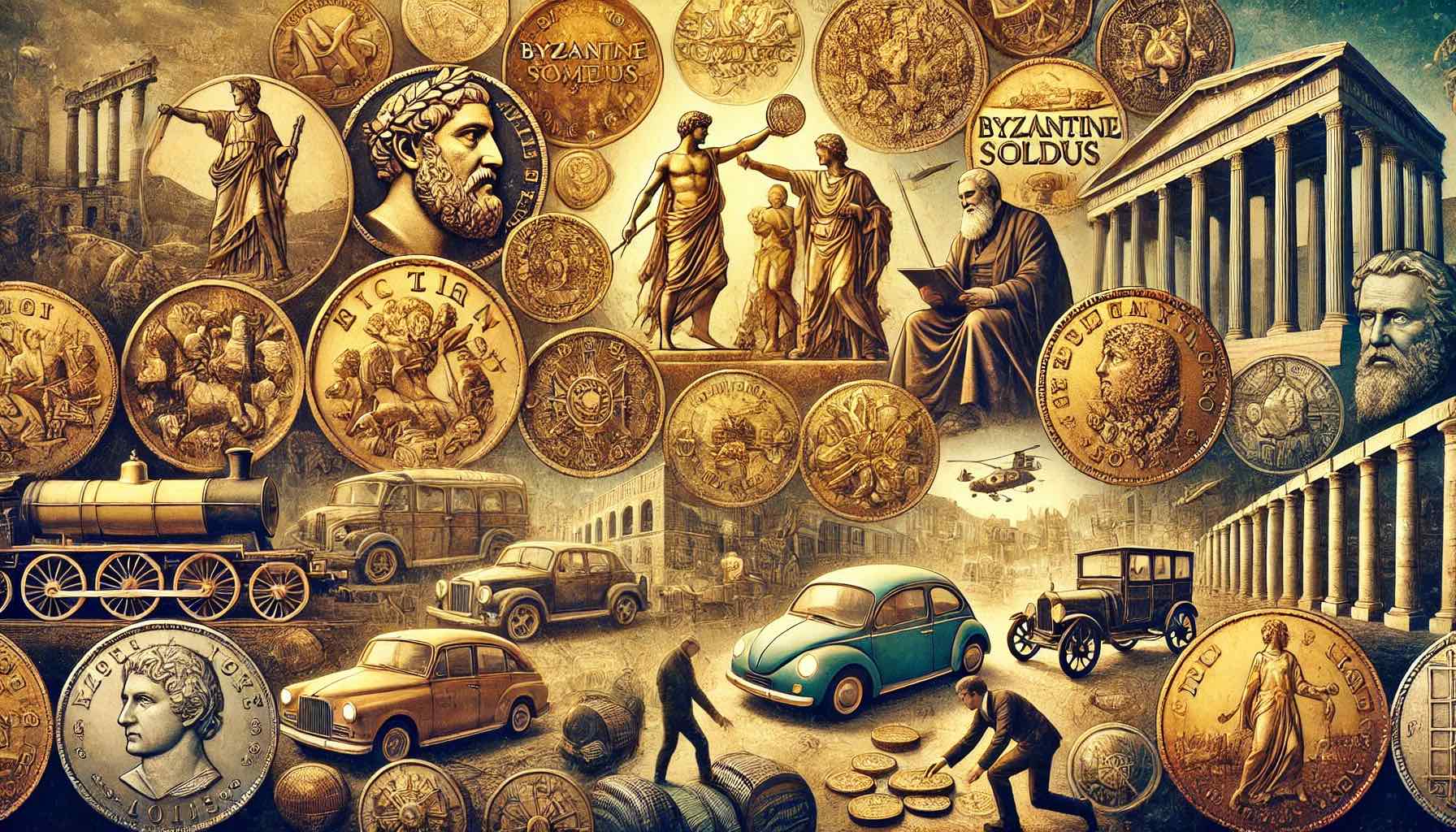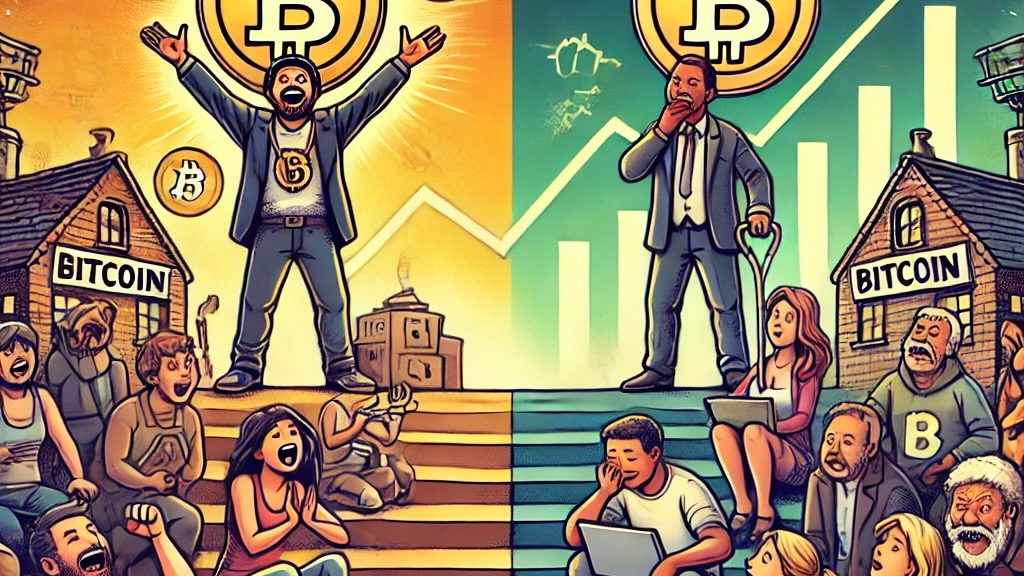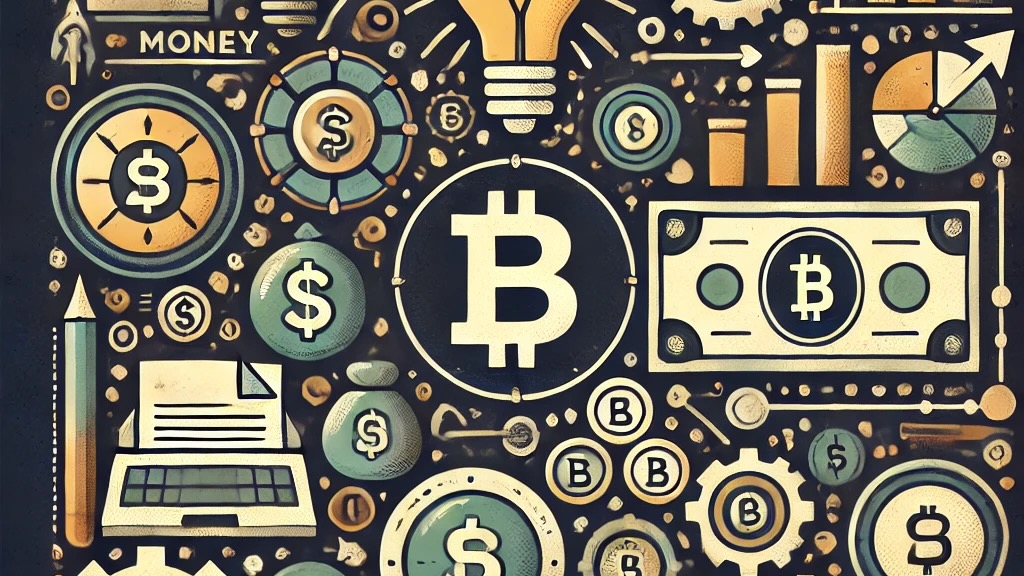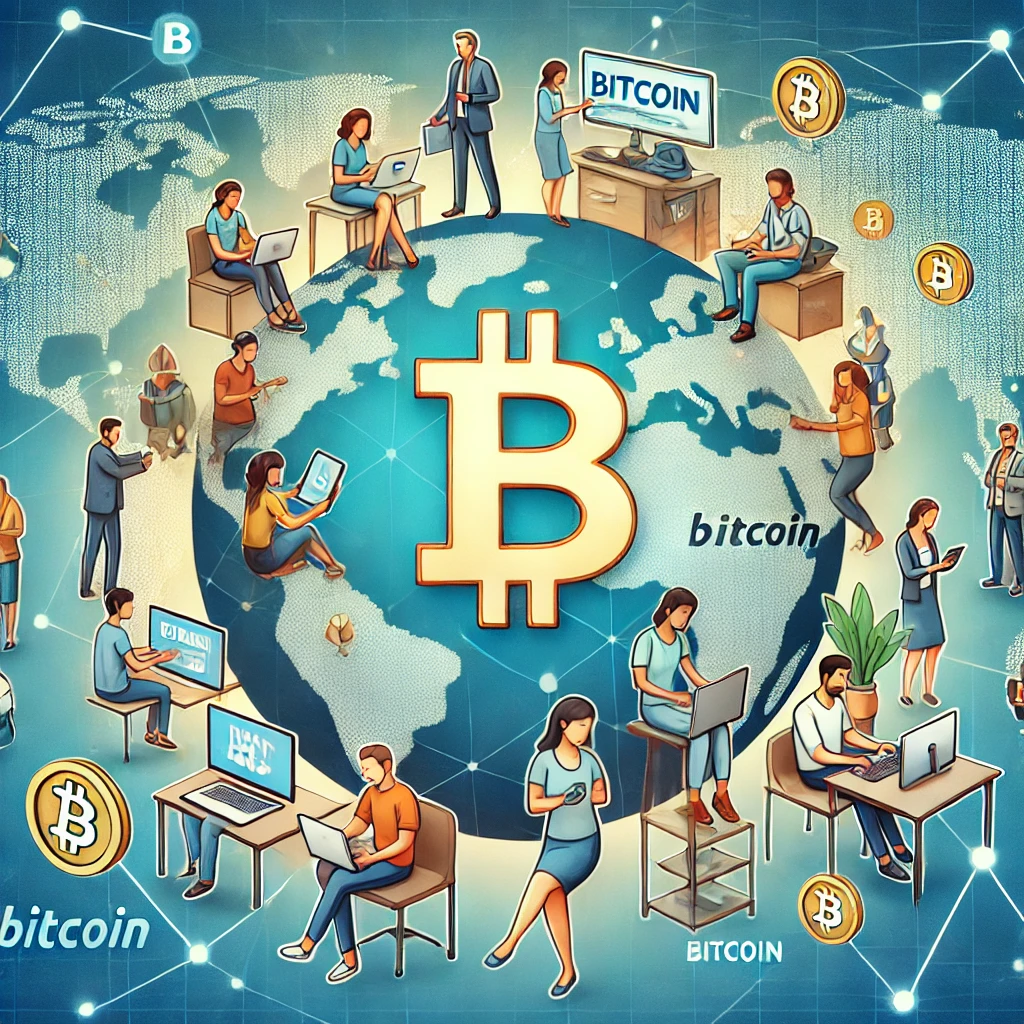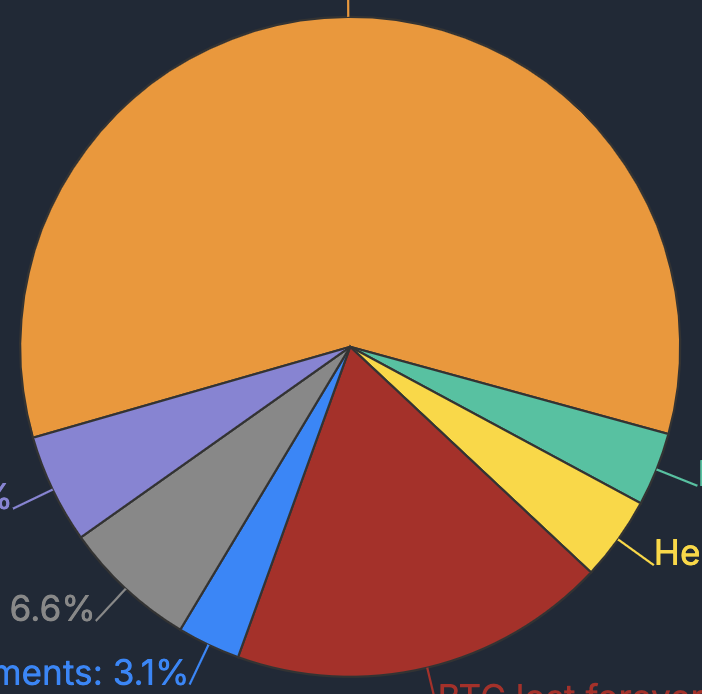The Hidden Truth About Prices: How Central Banks Break the Economy's Information System (A Guide to Money: Part 5)
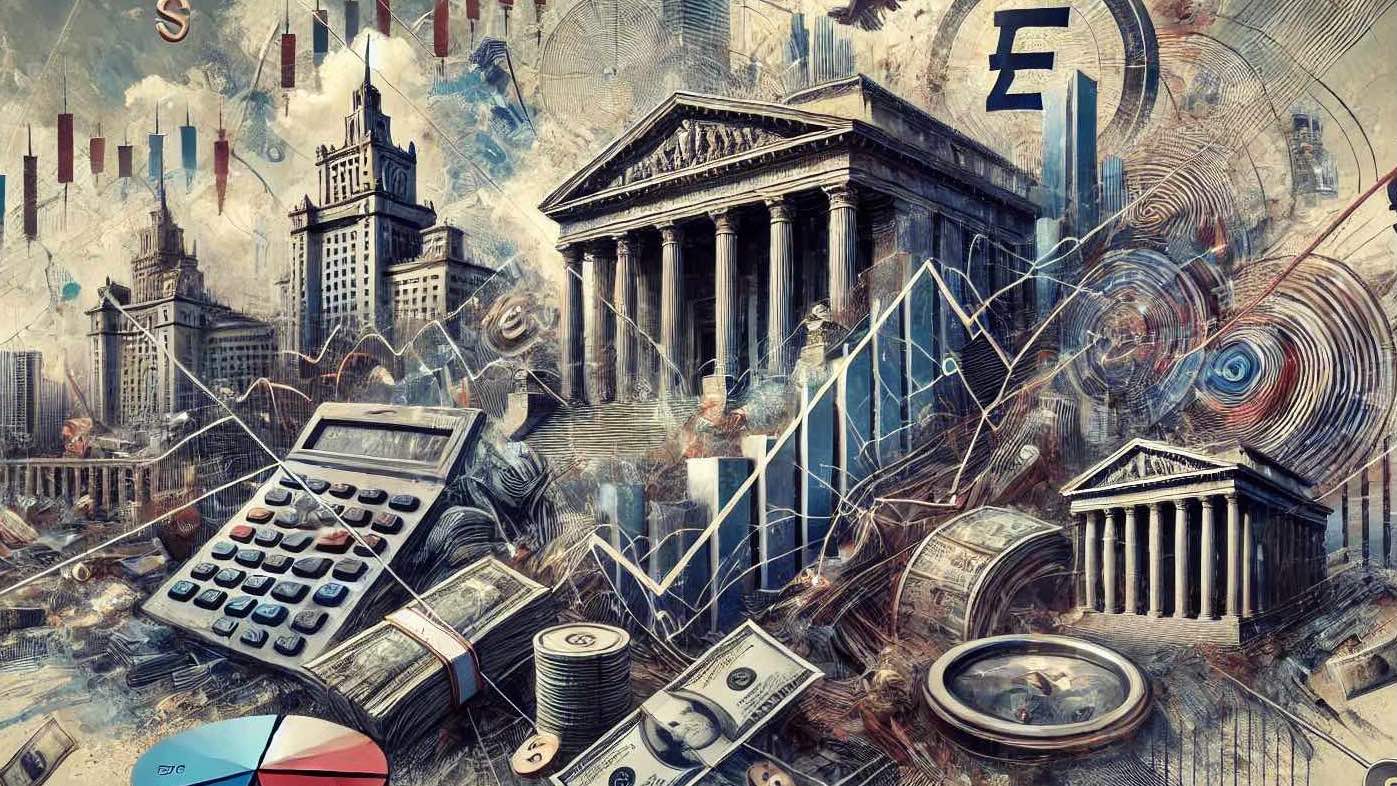
PART 1: THE BIG IDEA
When you think about money and prices, you probably think about shopping or business. But there's something much deeper going on: prices are actually the world's largest and most sophisticated information system. And central banks are breaking it.
Let me explain with a real example from 2010. When Chile (the world's largest copper producer) was hit by an earthquake, copper prices rose 6.2% almost instantly. Nobody needed to understand what happened in Chile or know anything about the copper market - the price signal alone told everyone what they needed to know. Companies that used copper started looking for alternatives or delayed purchases, while other copper producers worldwide increased production.
This is the magic of the price system - it coordinates millions of decisions without anyone needing to understand the whole picture. No central planner could ever achieve this. Imagine if a government agency had to decide who should reduce copper consumption and who should increase production after that earthquake. It would be impossible.
This brings us to the central problem with modern monetary policy. Central banks are essentially trying to manipulate the most important price in the economy: the price of money itself (interest rates). When they push interest rates artificially low, they're not just changing a number - they're corrupting the entire information system that coordinates all economic activity.
PART 2: THE CONSEQUENCES
Think about what interest rates really are: they're the price that coordinates saving and investment across time. When central banks manipulate this price, they create a fatal mismatch. On one side, you have businesses borrowing and investing as if there were plenty of savings available (because rates are low). On the other side, you have relatively little actual saving happening (also because rates are low). This isn't sustainable.
The consequences are devastating. Without accurate price signals, businesses start projects they can't finish. They hire workers for ventures that aren't viable. When reality eventually catches up, we get what's called a recession - but it's really just the economy realizing it's been operating on false information.
PART 3: THE BRICK STORY
Here's another story that perfectly illustrates this. Imagine you're a developer with exactly one million bricks. Each house needs 10,000 bricks, so simple math tells you that you can build 100 houses. Pretty straightforward, right?
Enter the smooth-talking Keynesian contractor. They come to you with what sounds like an amazing deal: "I can build 120 houses with just 800,000 bricks! That's 20% more houses for 20% less resources. Pure efficiency!"
If this sounds too good to be true, that's because it is. The reality is that those 120 houses will still need 1.2 million bricks - that's just basic physics. But our developer, excited by the apparent savings, signs the contract and even treats himself to a new yacht with the money he thinks he's saved.
The construction begins and everything looks great... at first. The contractor starts work on all 120 houses simultaneously. The foundation is laid, the walls start going up, and the developer is feeling like a genius. But then reality hits: the 800,000 bricks only get each house about two-thirds finished. There aren't enough resources to complete any of the houses.
The end result? Instead of having 100 completed homes, which was totally possible with the original resources, the developer ends up with 120 useless half-houses. You can't live in a house without a roof, and you can't sell an unfinished house for much. All that capital, all those resources, completely wasted.
PART 4: THE BROADER PROBLEM
This is exactly how central banks operate in our economy. They manipulate interest rates to make it seem like there are more resources available than actually exist. Businesses start ambitious projects, everything looks great for a while, but eventually reality catches up. You can't build real wealth with fake resources, just like you can't build real houses with imaginary bricks.
But perhaps the most absurd consequence of our current system is the foreign exchange market. In 2016, this market traded $5.1 trillion per day - about 25 times larger than all the actual economic production on Earth. Think about that: we're spending more resources converting between different types of money than creating actual value. It's as if every country had its own system of measurement, and we needed a massive industry just to convert between them.
PART 5: THE SOLUTION
The historical record is clear on this. The United States had almost no financial crises in the 19th century when it didn't have a central bank - except for two specific instances when Congress made the Treasury act like one. The period between 1873 and 1890 saw sustained growth with no financial crises, even as prices gently fell. Yet modern economists, puzzlingly, see this as a problem to solve rather than a pattern to understand.
This brings us to the great irony of modern economics: what's often blamed on "capitalism" - the boom-bust cycle, financial crises, mass unemployment - is actually caused by central bank intervention. As Friedrich Hayek put it, "The cause of waves of unemployment is not 'capitalism' but governments denying enterprise the right to produce good money."
There's a way out of this mess: let the market choose what to use as money. Historically, societies have always gravitated toward the money with the most stable value - usually gold. In fact, an entrepreneur in 1900 could make global business plans without ever thinking about exchange rates. Today's entrepreneur faces a maze of currency fluctuations that can wipe out years of hard work overnight.
The solution isn't more clever central bank policies or better economic models. The solution is to stop pretending that a small committee can set the most important price in the economy better than the market can. Every attempt to centrally plan prices has failed throughout history. Why should planning the price of money be any different?
The prices you see every day aren't just numbers - they're pieces of an incredible global information system that lets billions of people coordinate their activities without even knowing it. When central banks manipulate this system, they're not just changing numbers in an account - they're corrupting the information system that makes modern civilization possible.
And that's the real price we're paying for our current monetary system.
